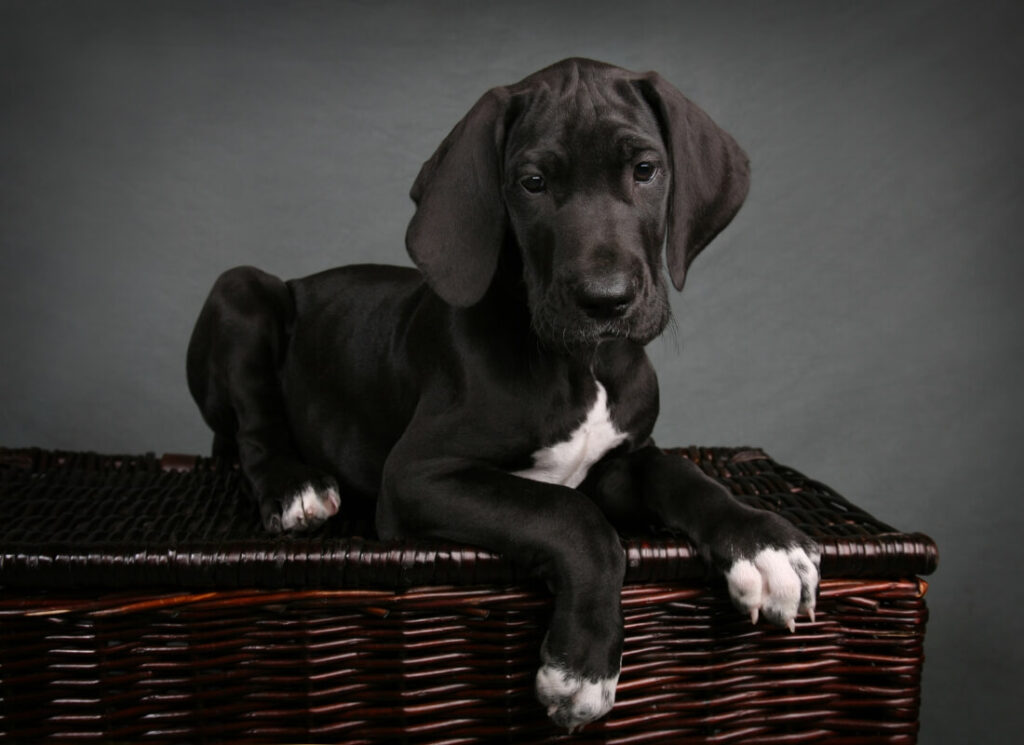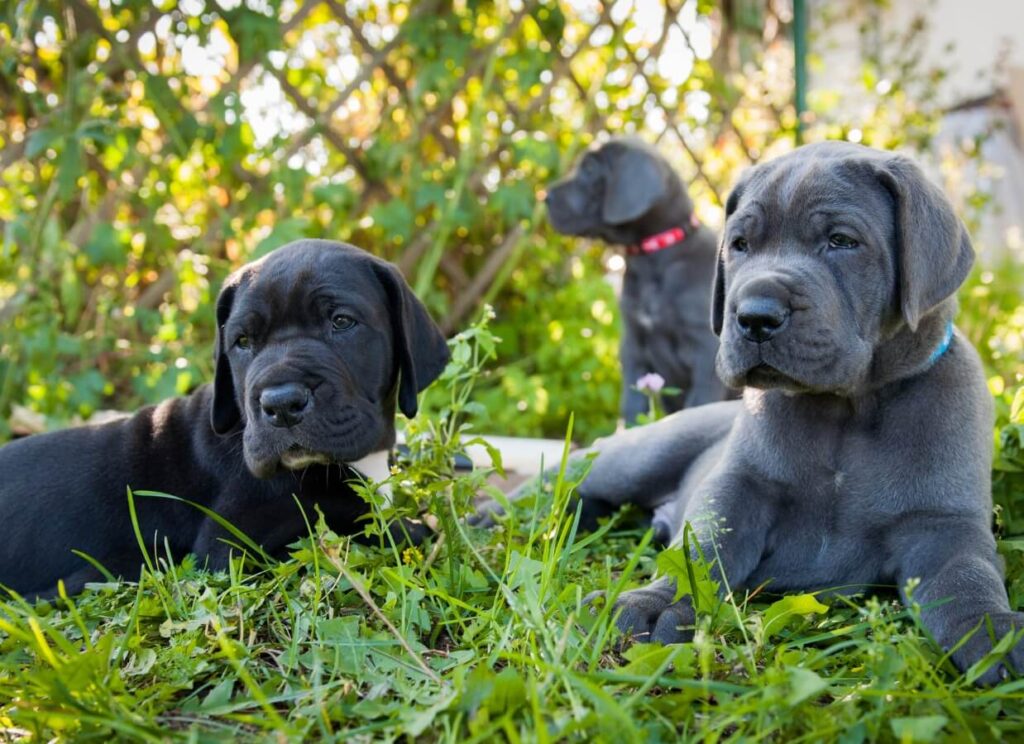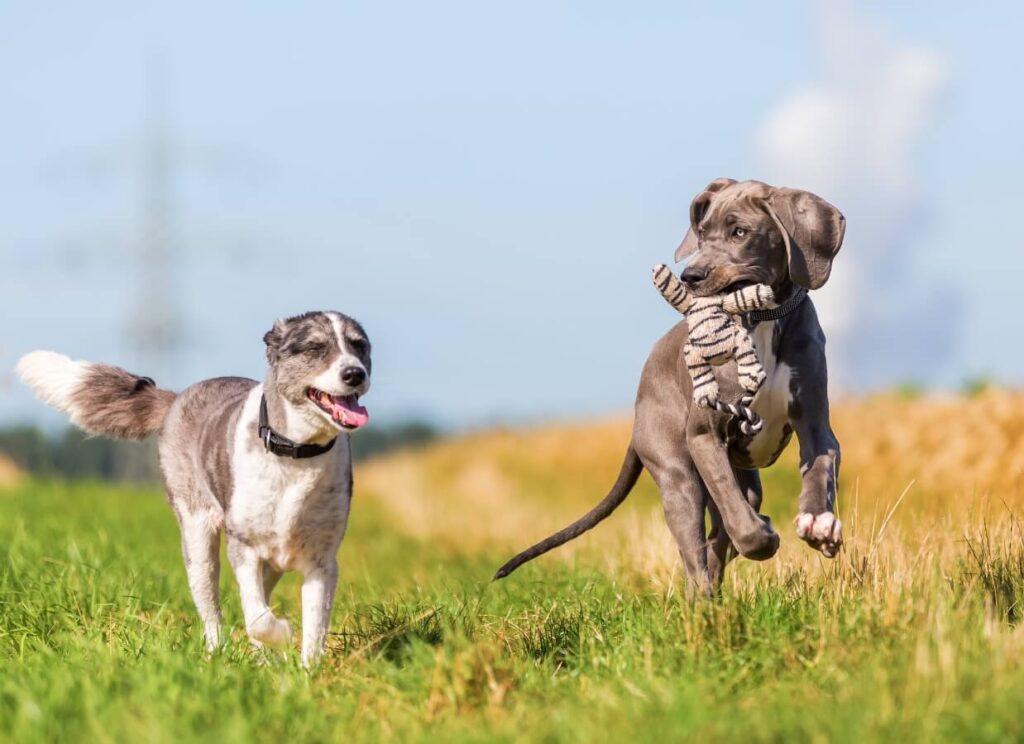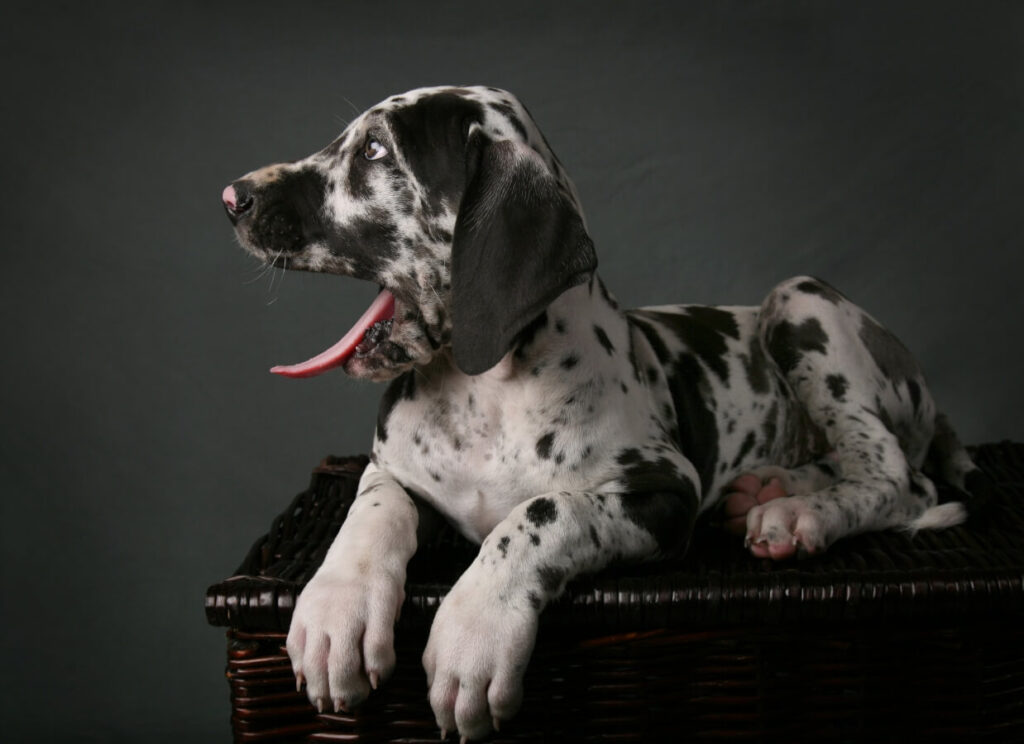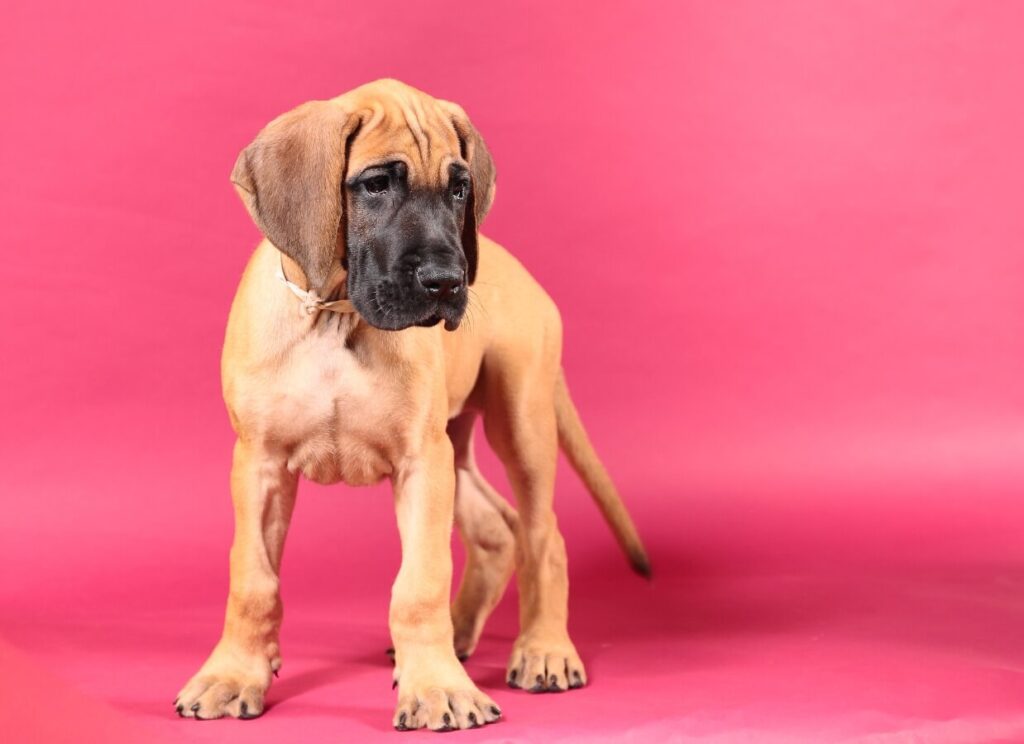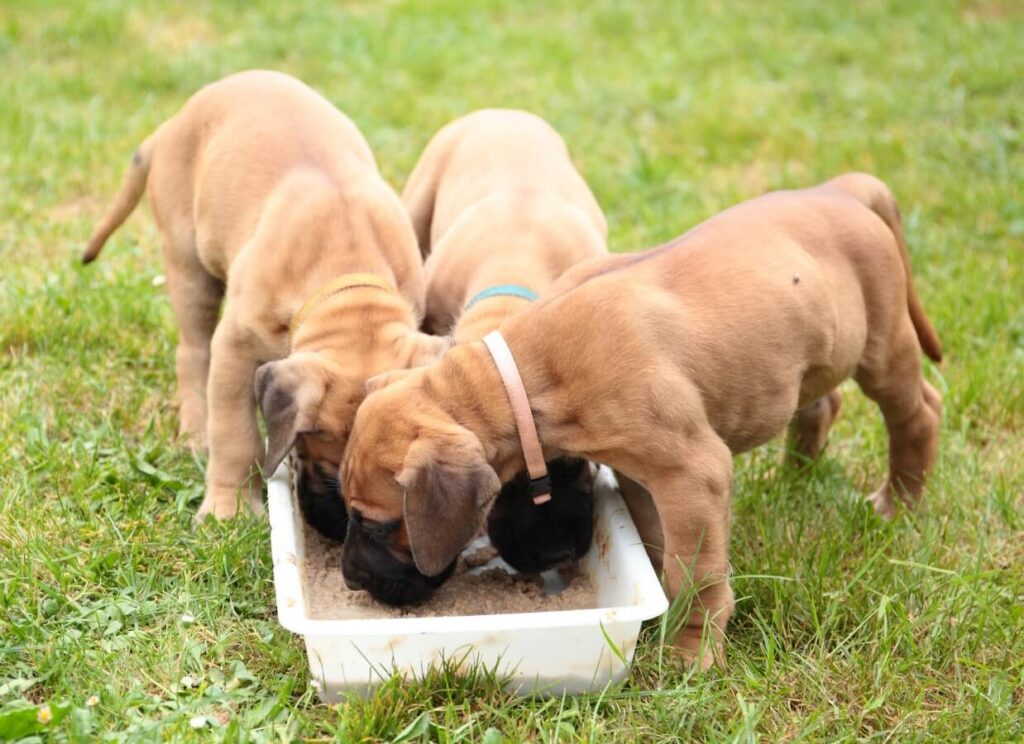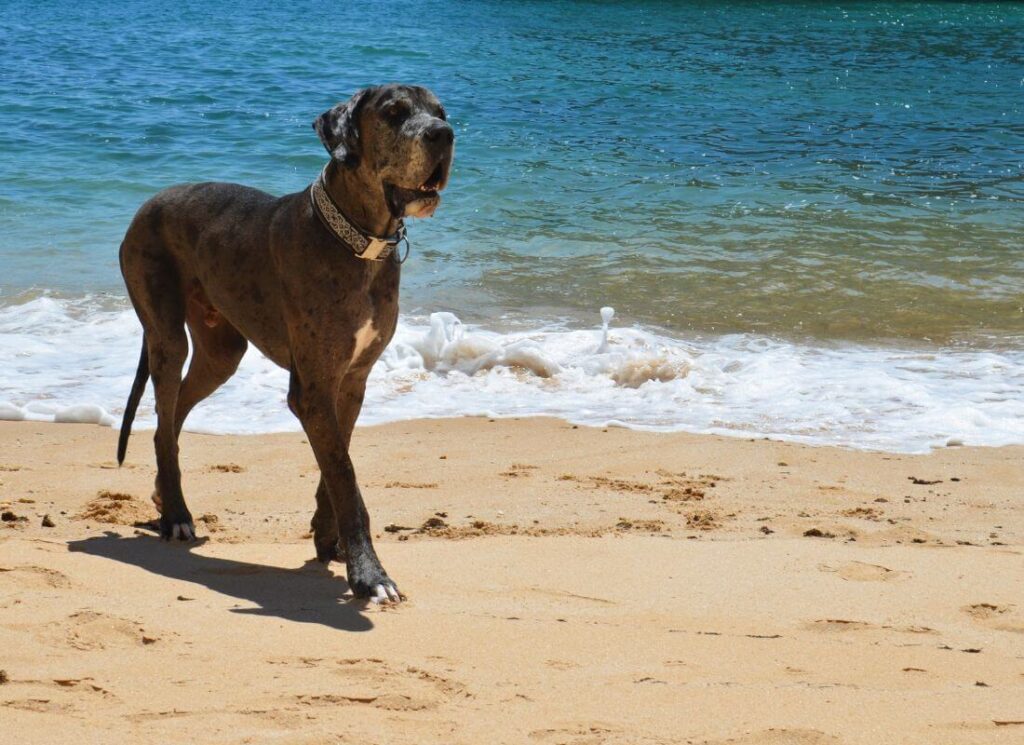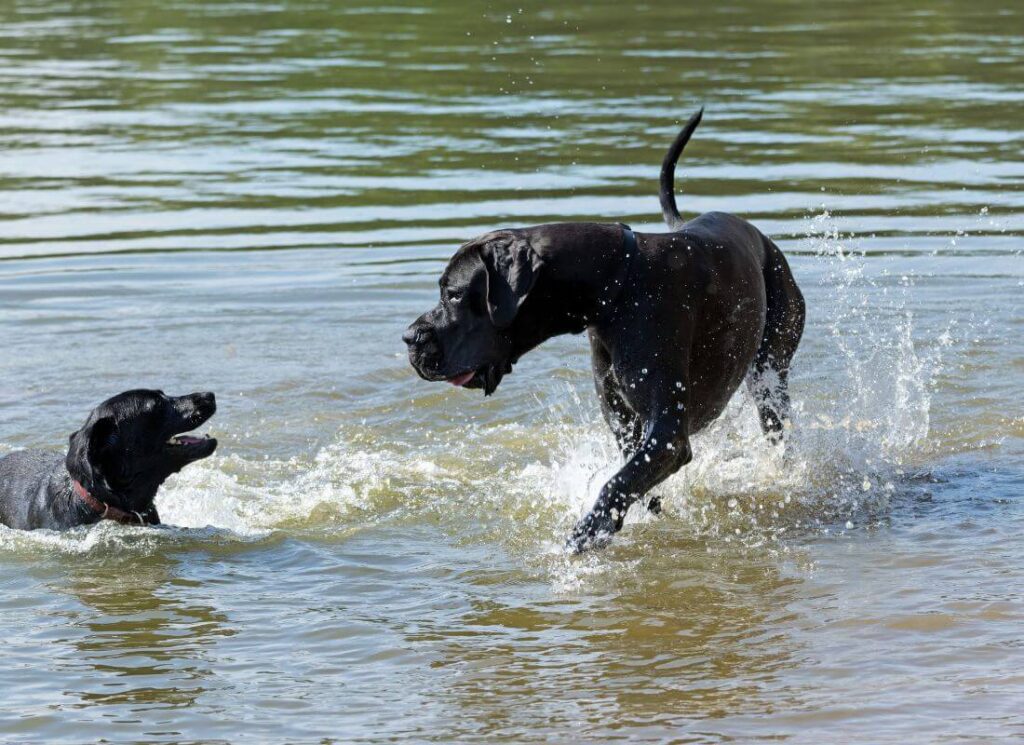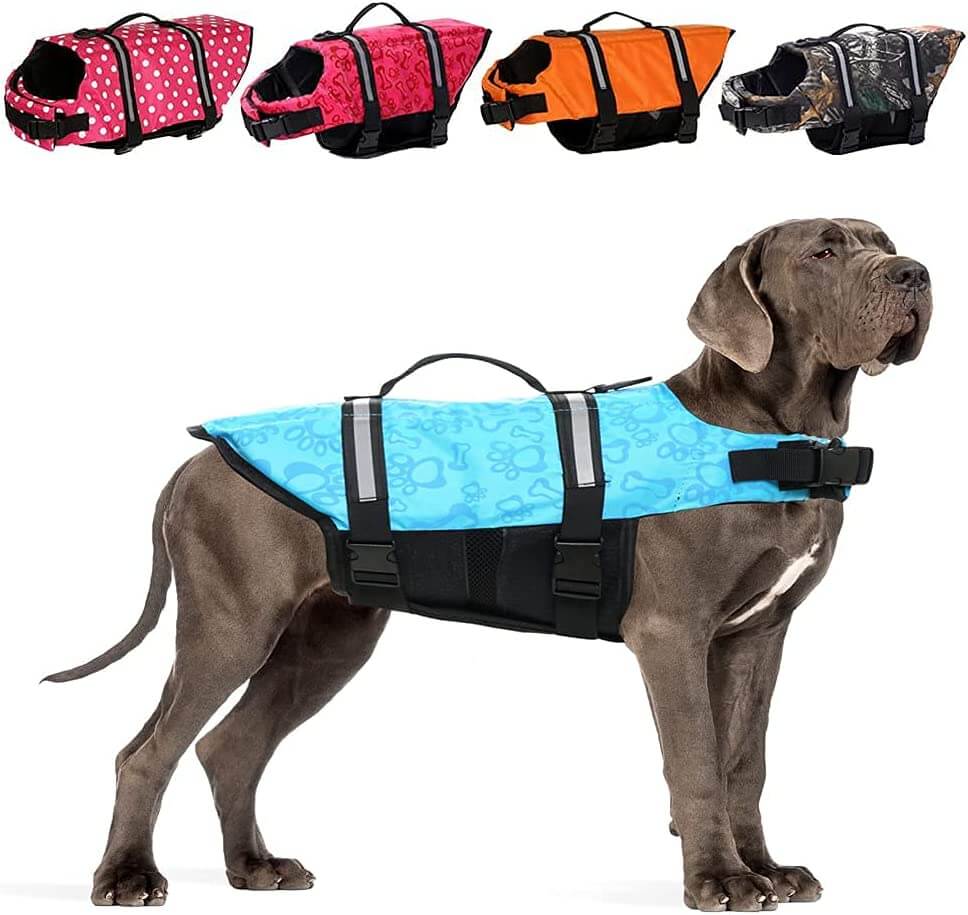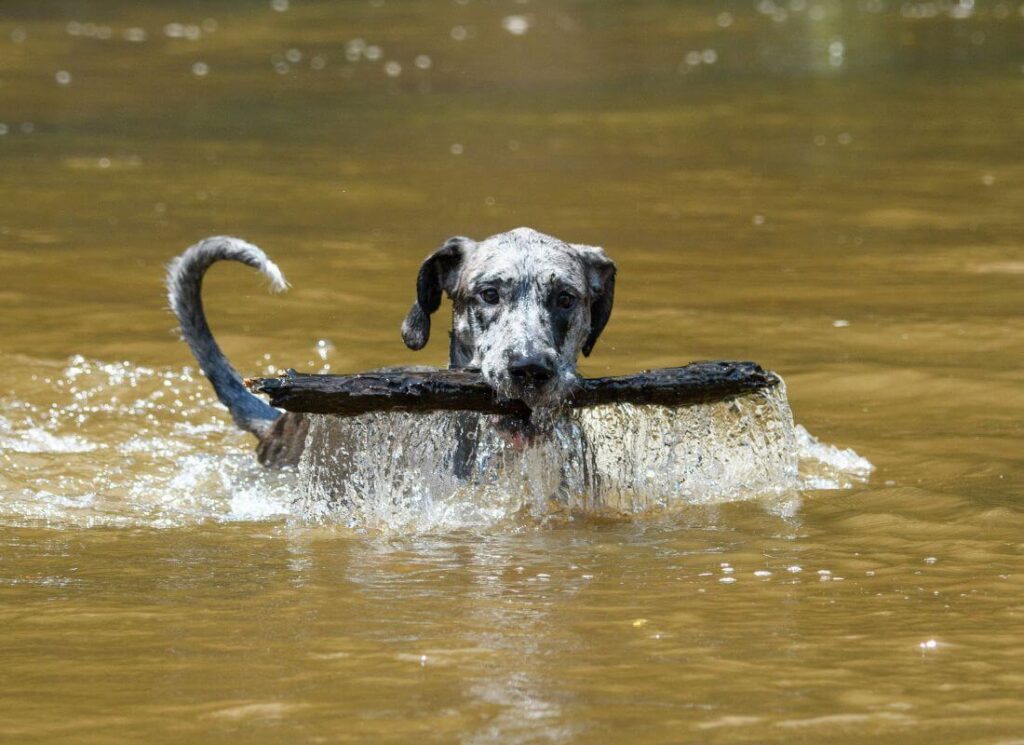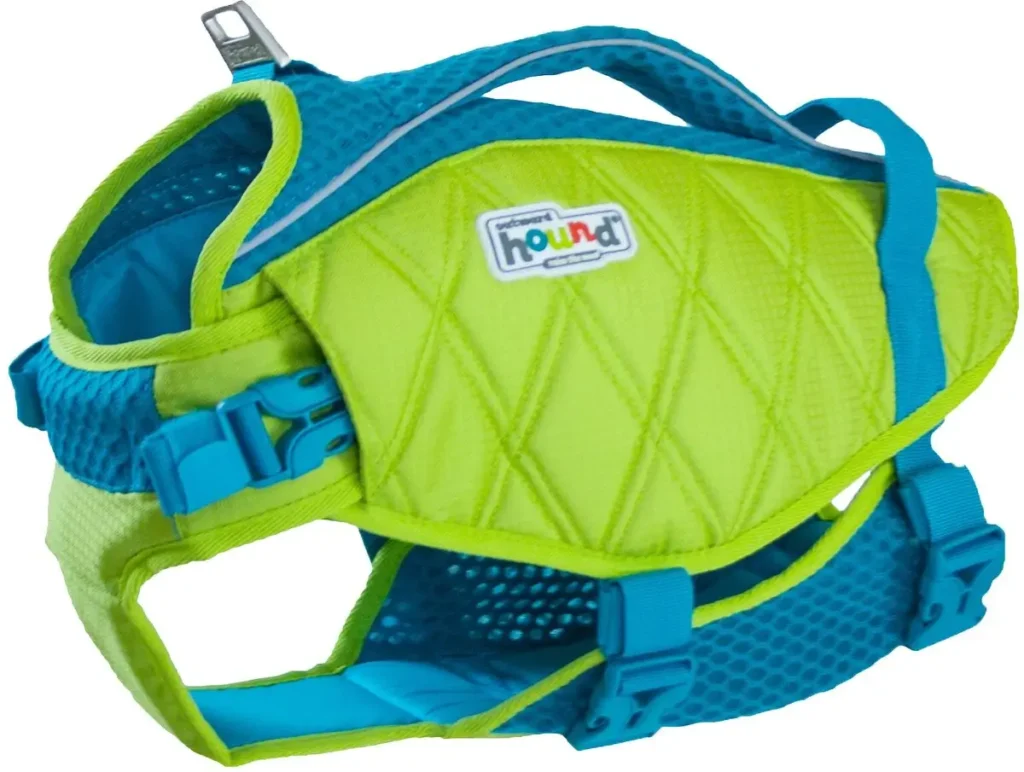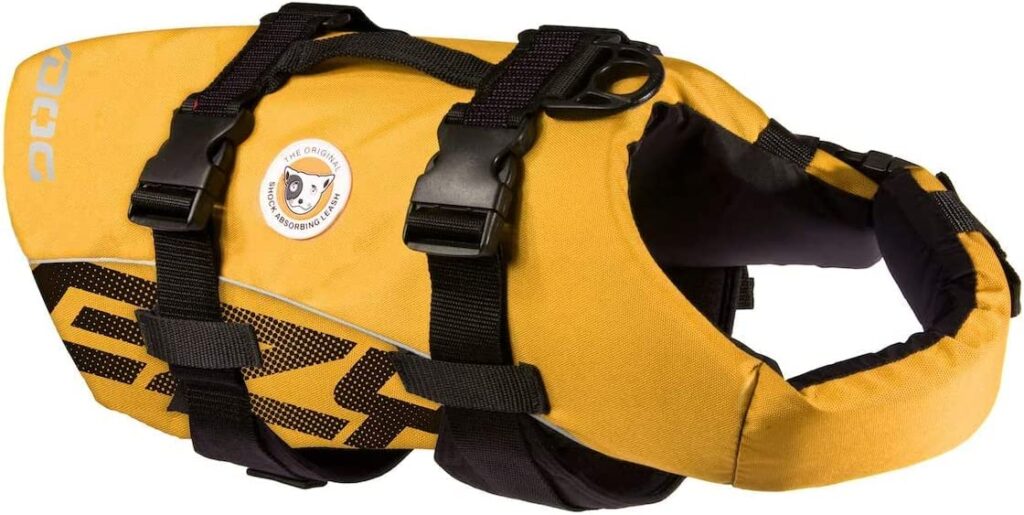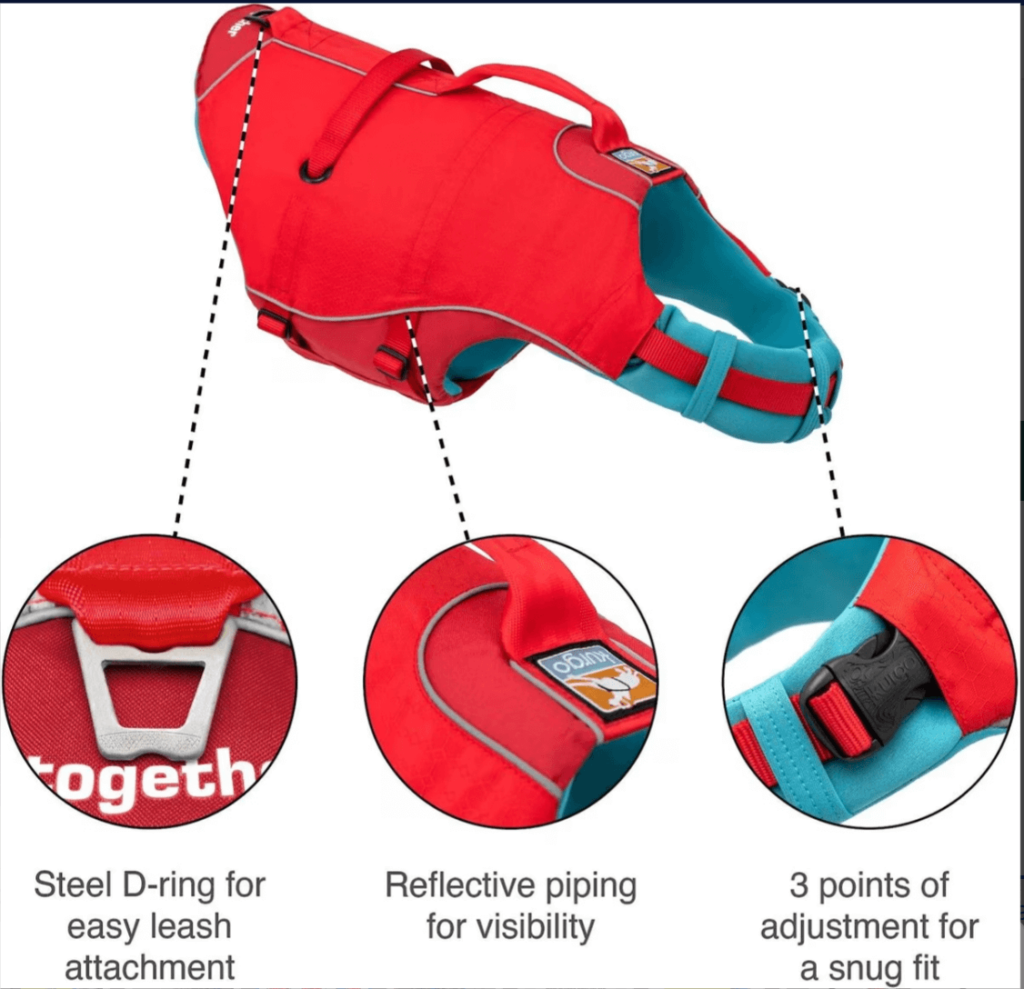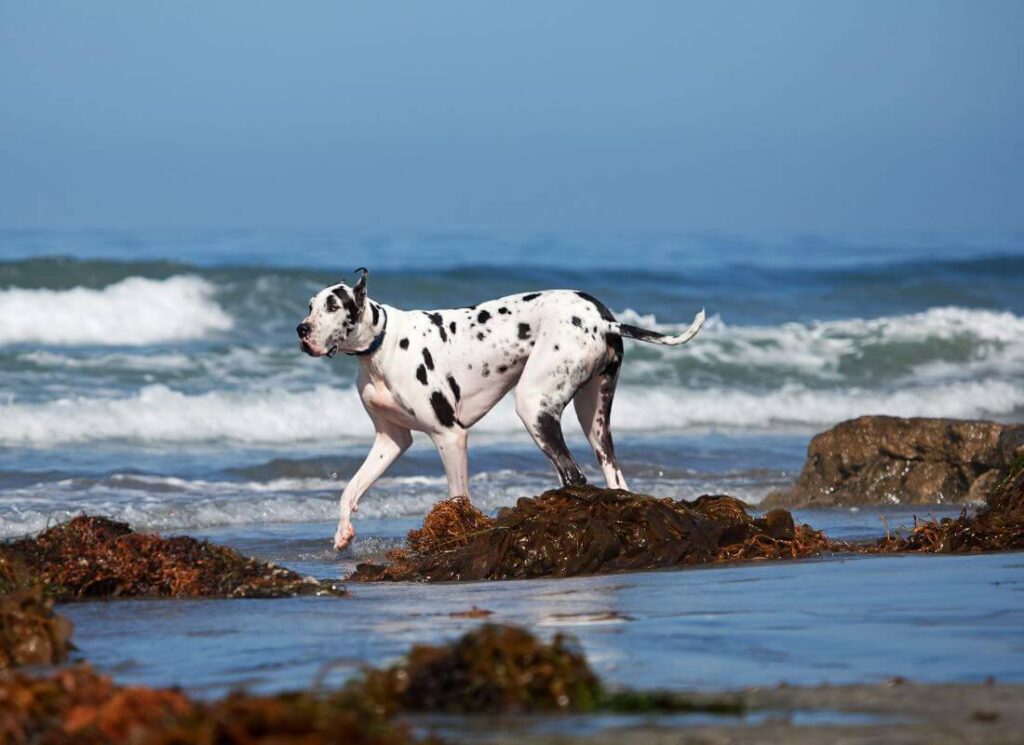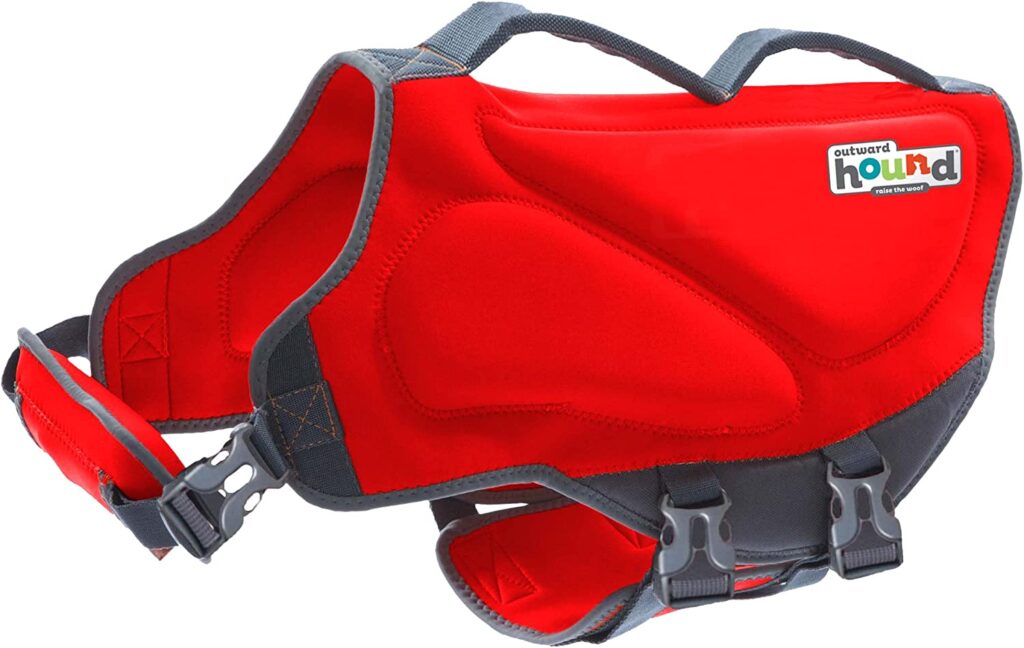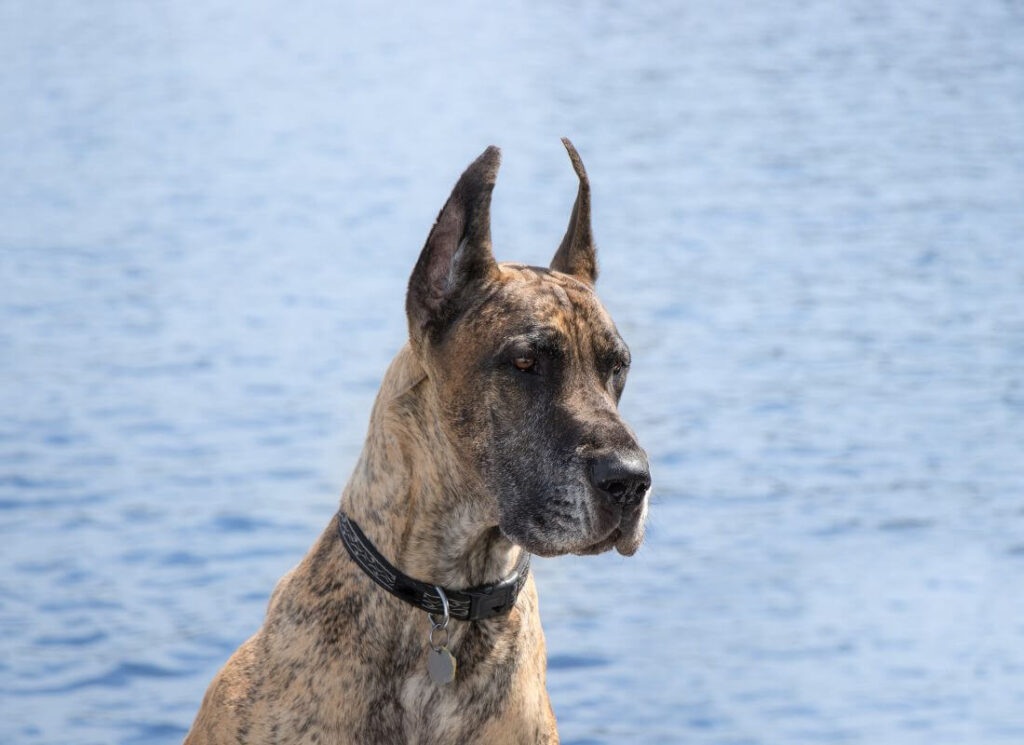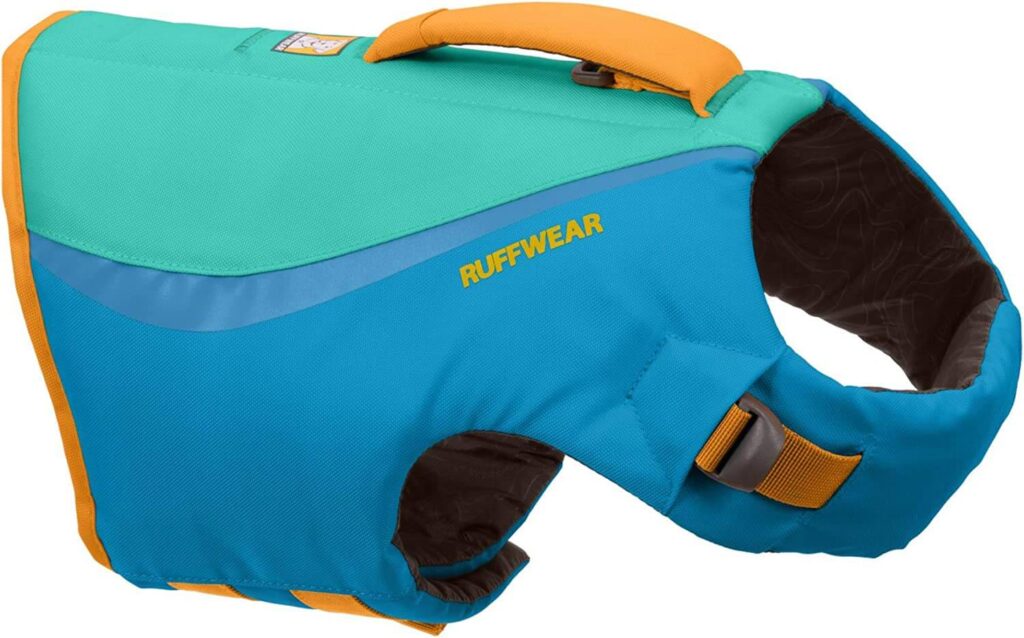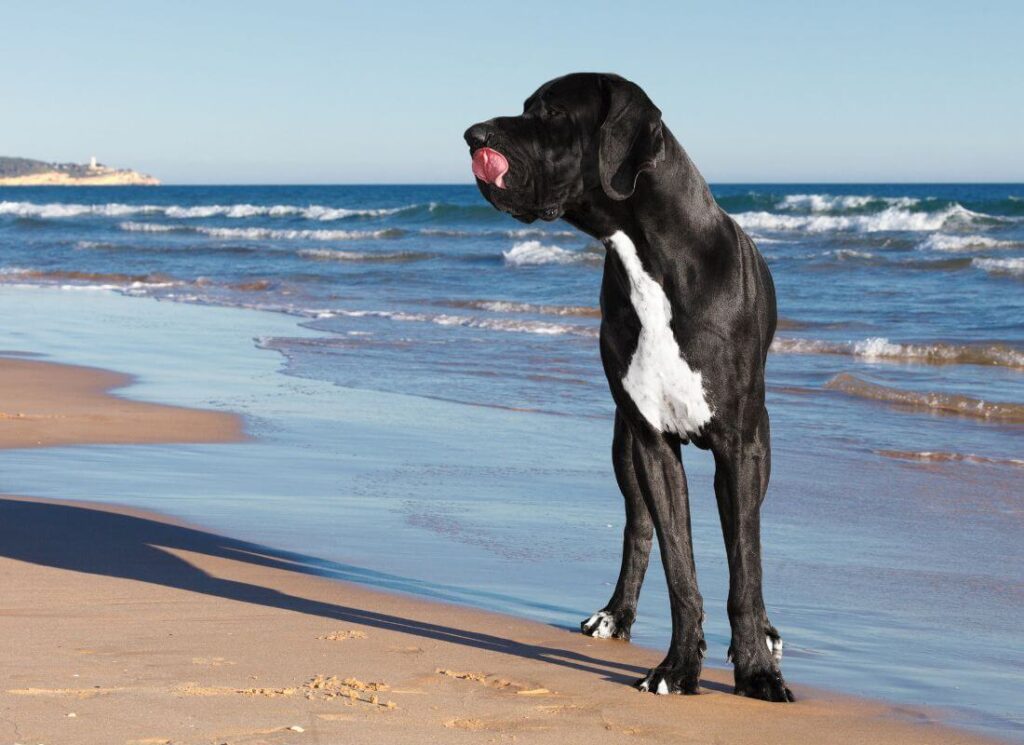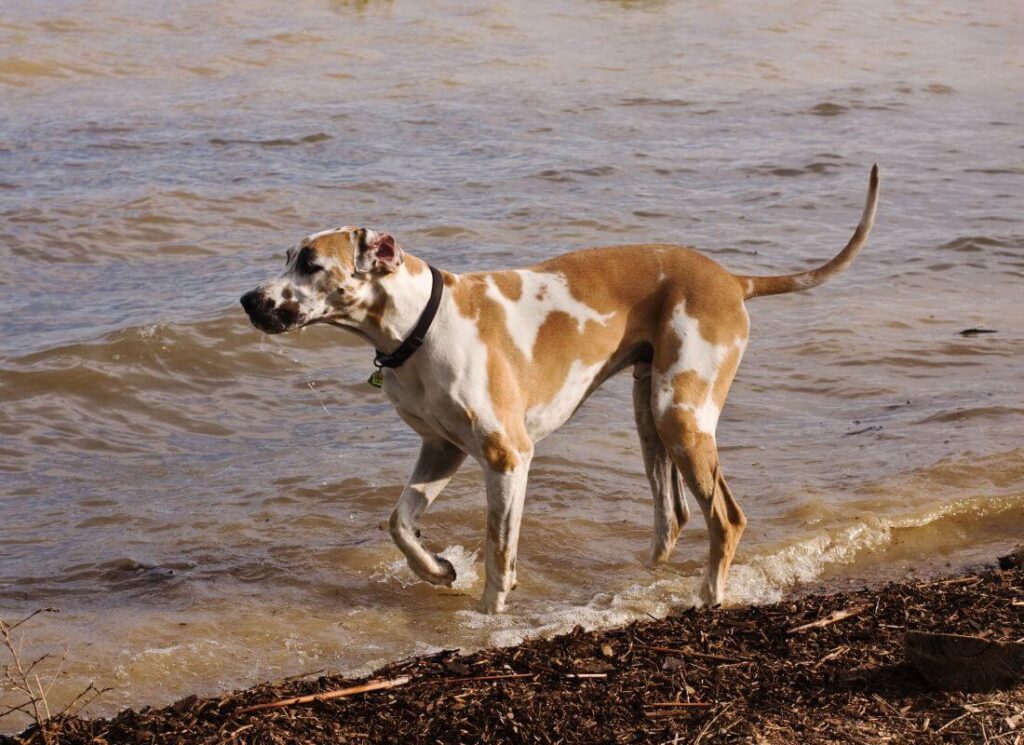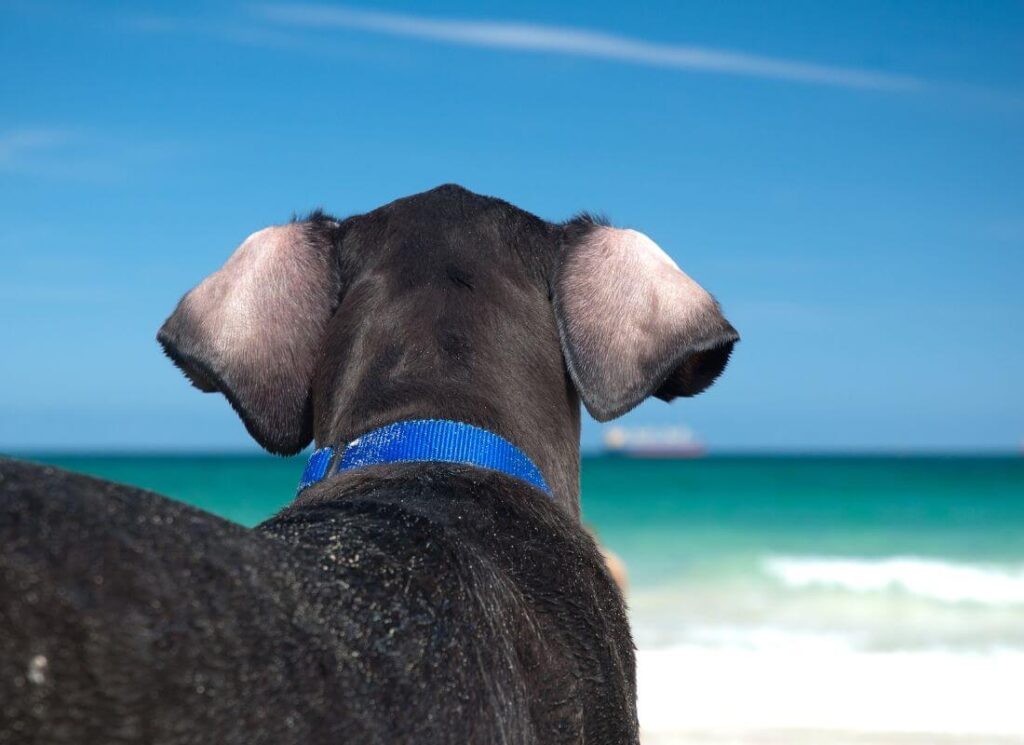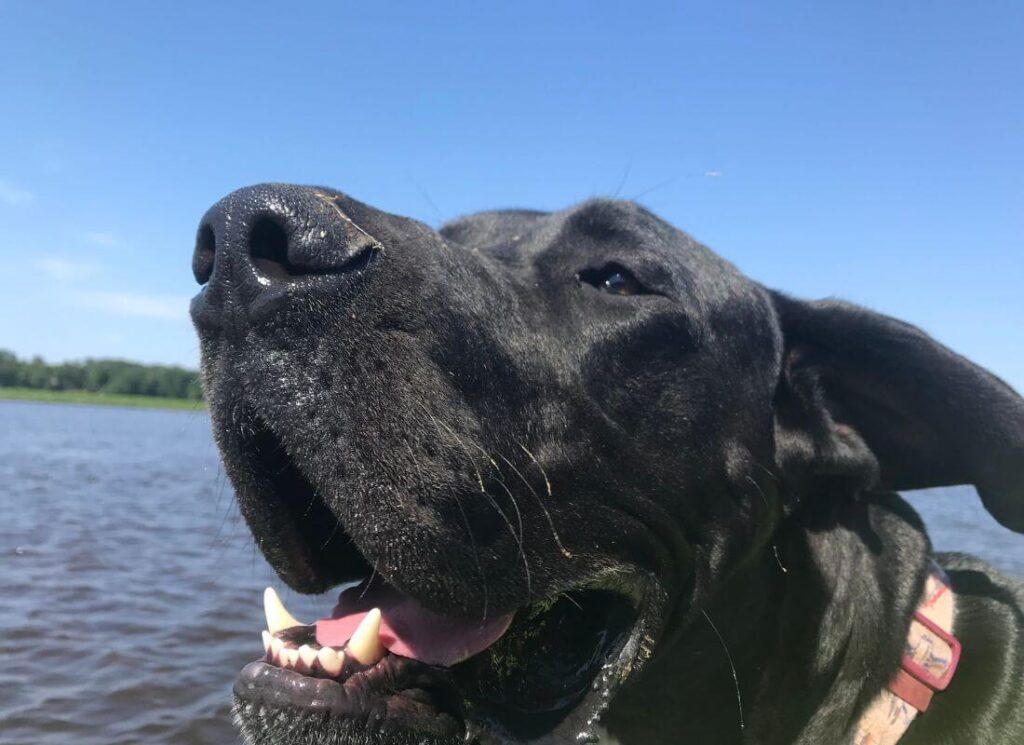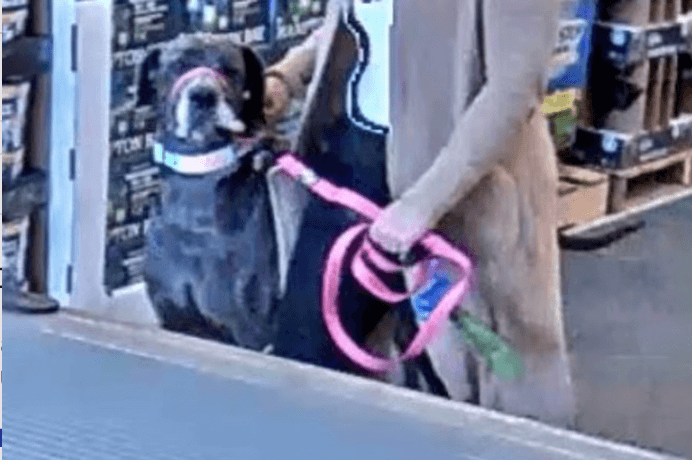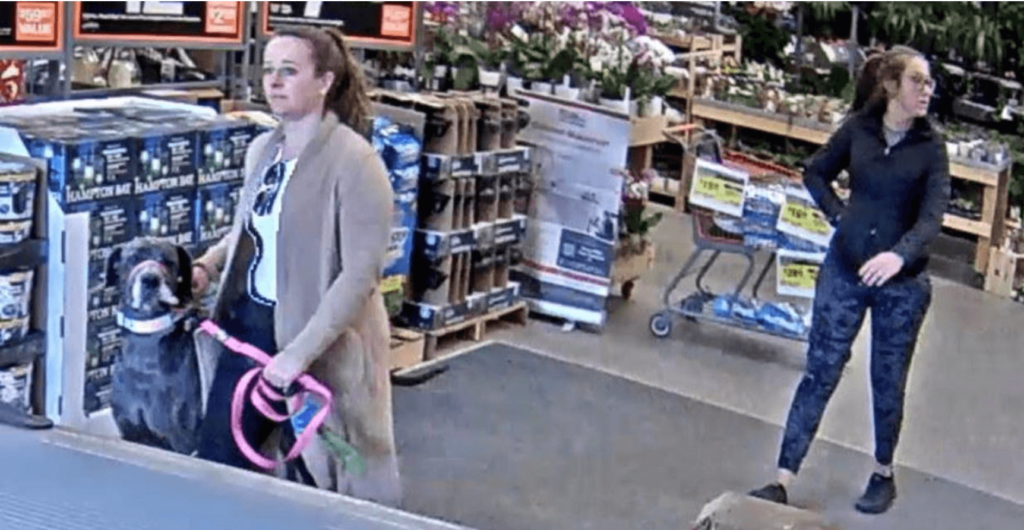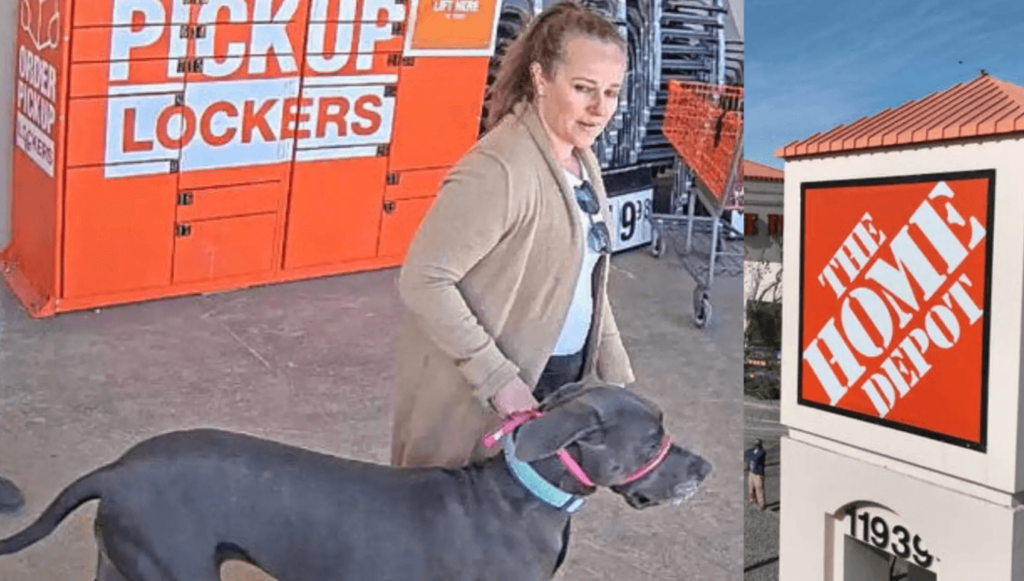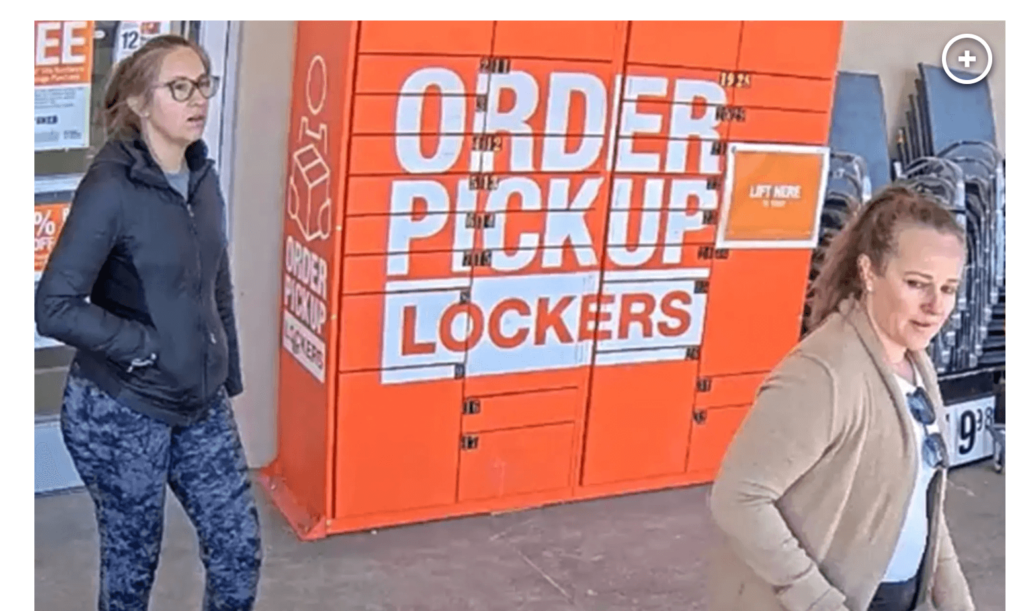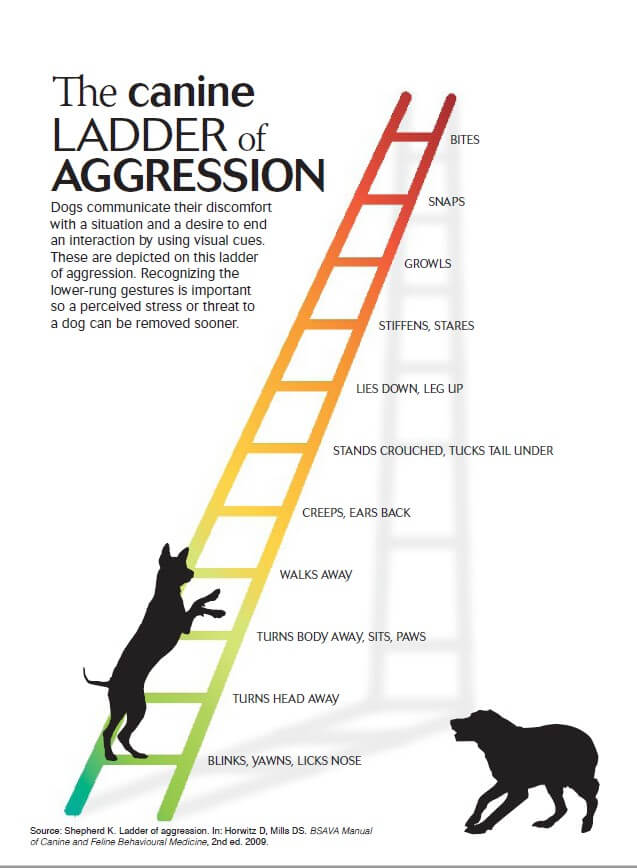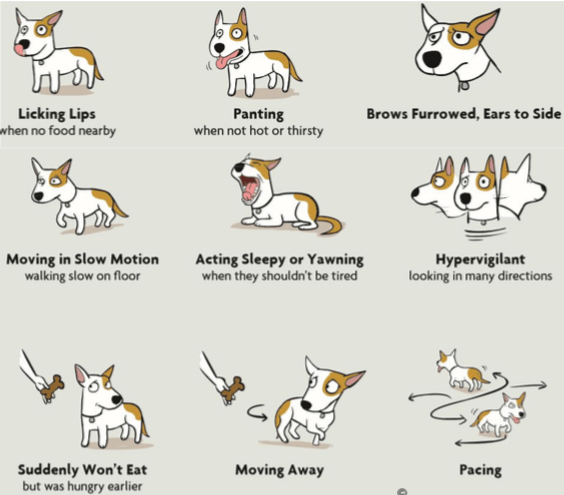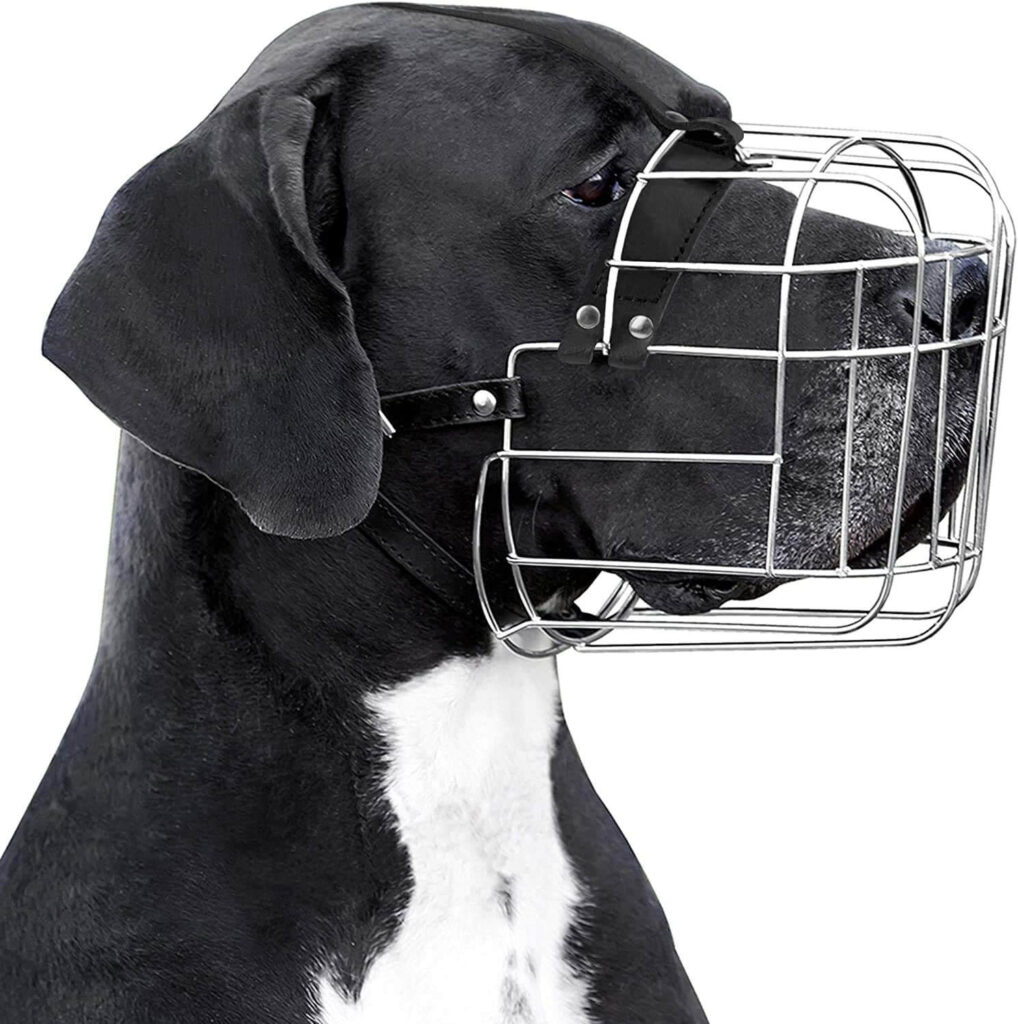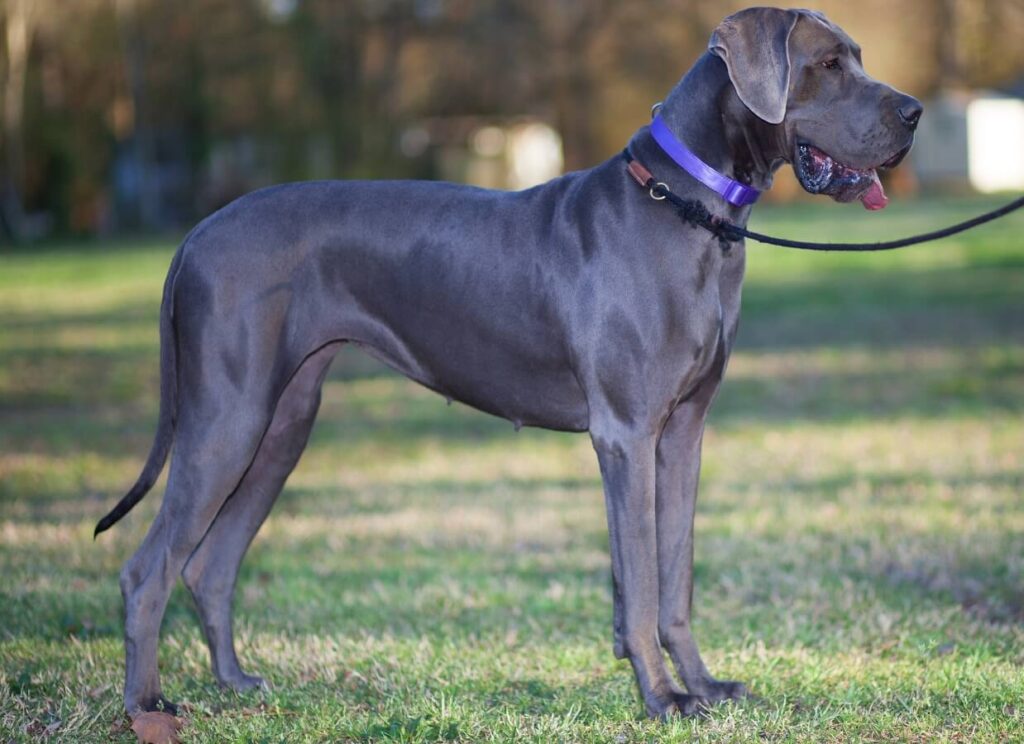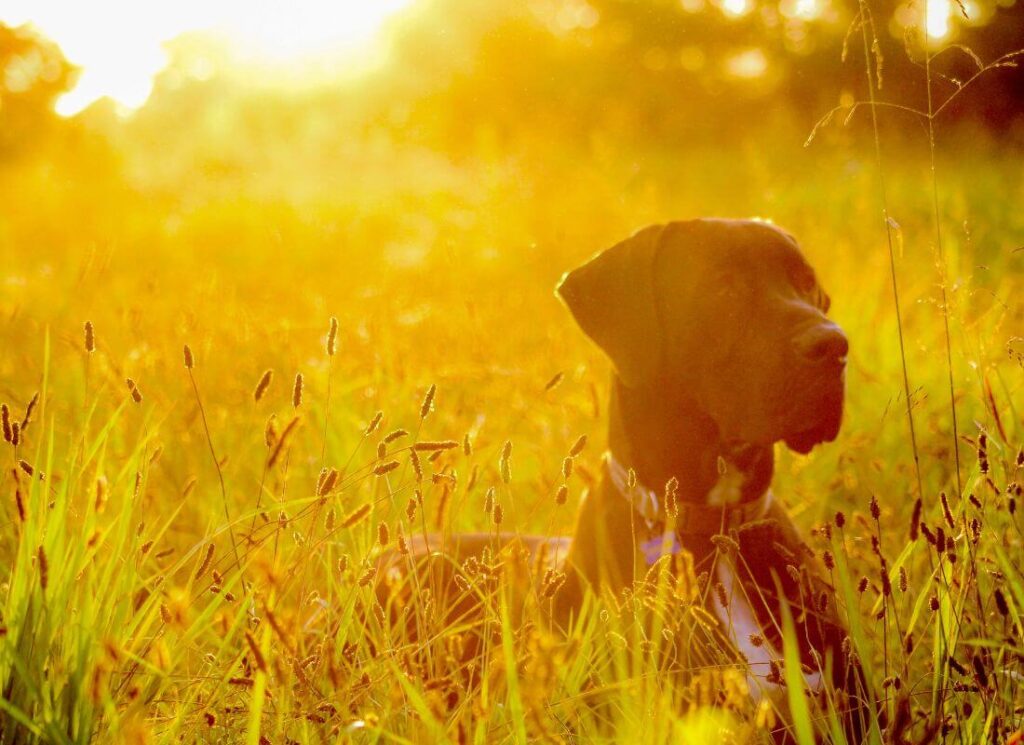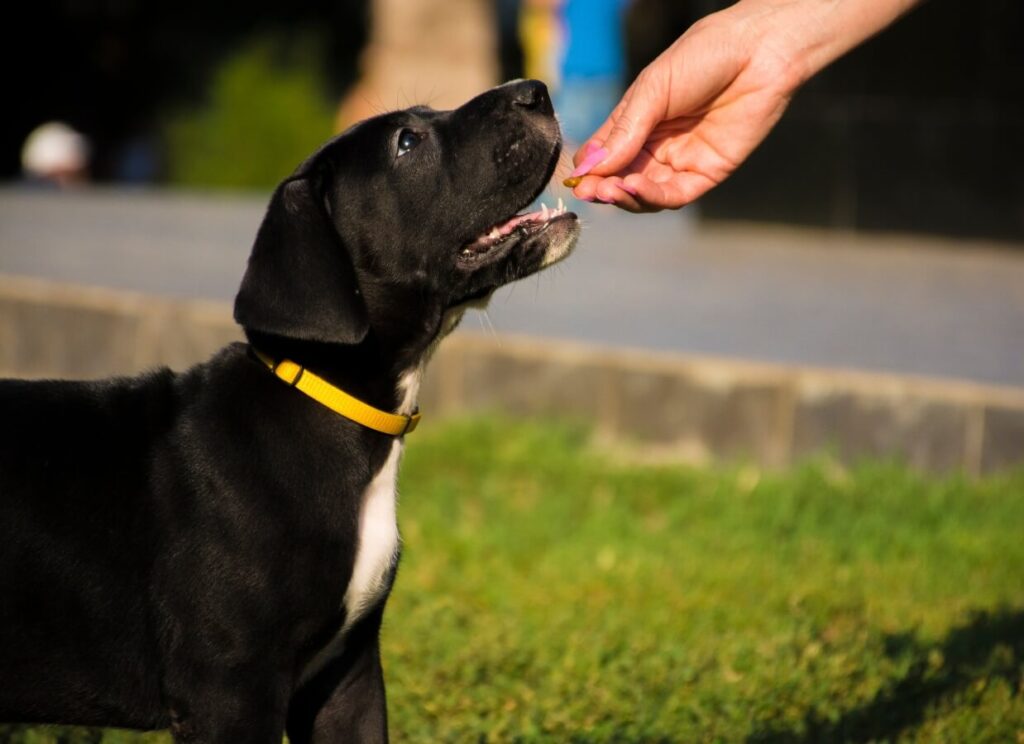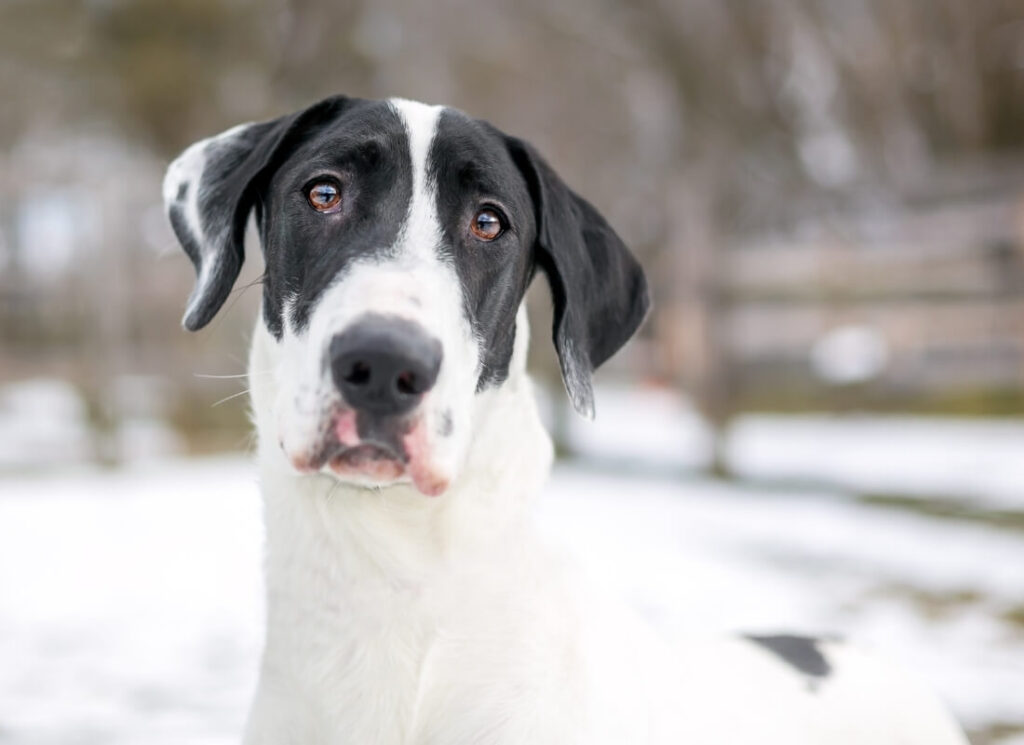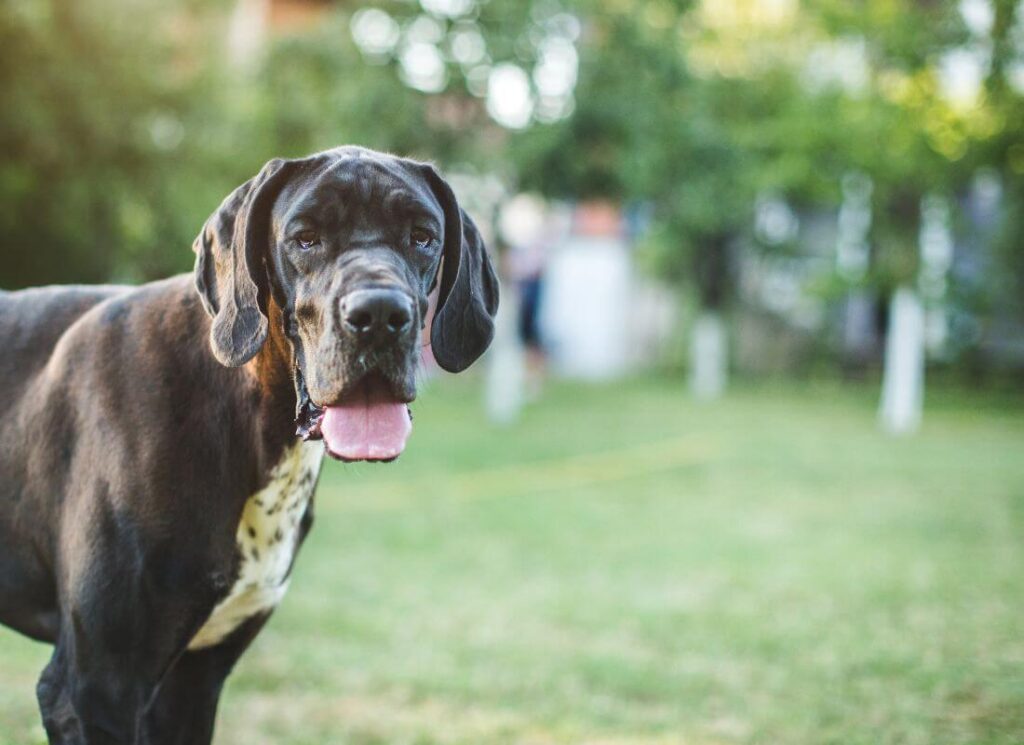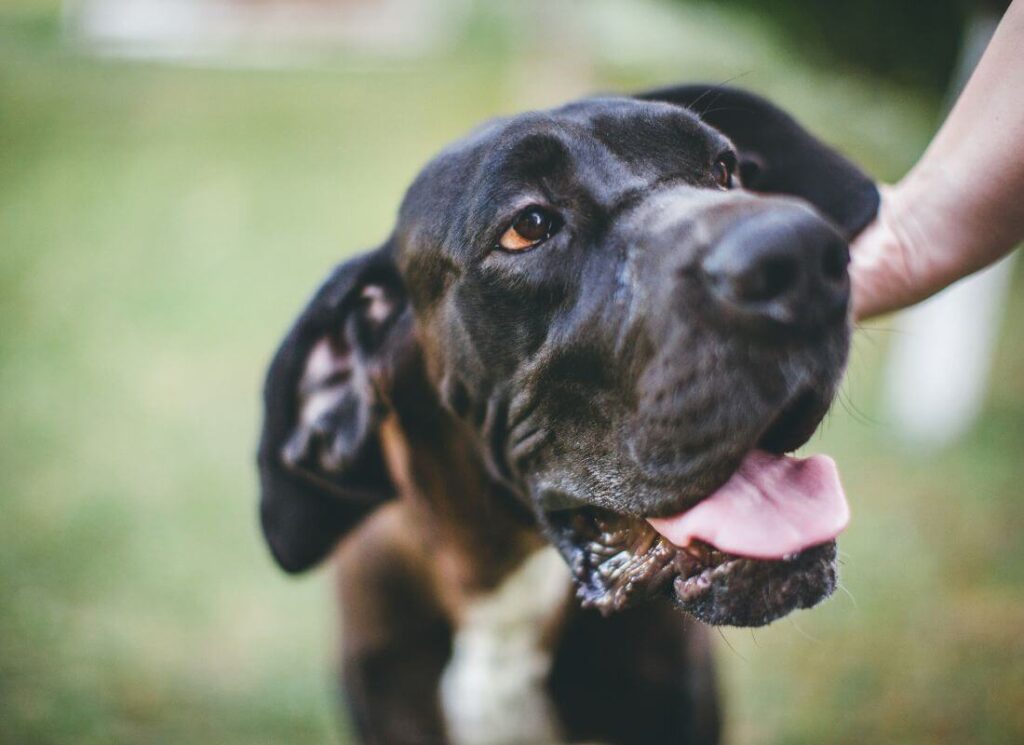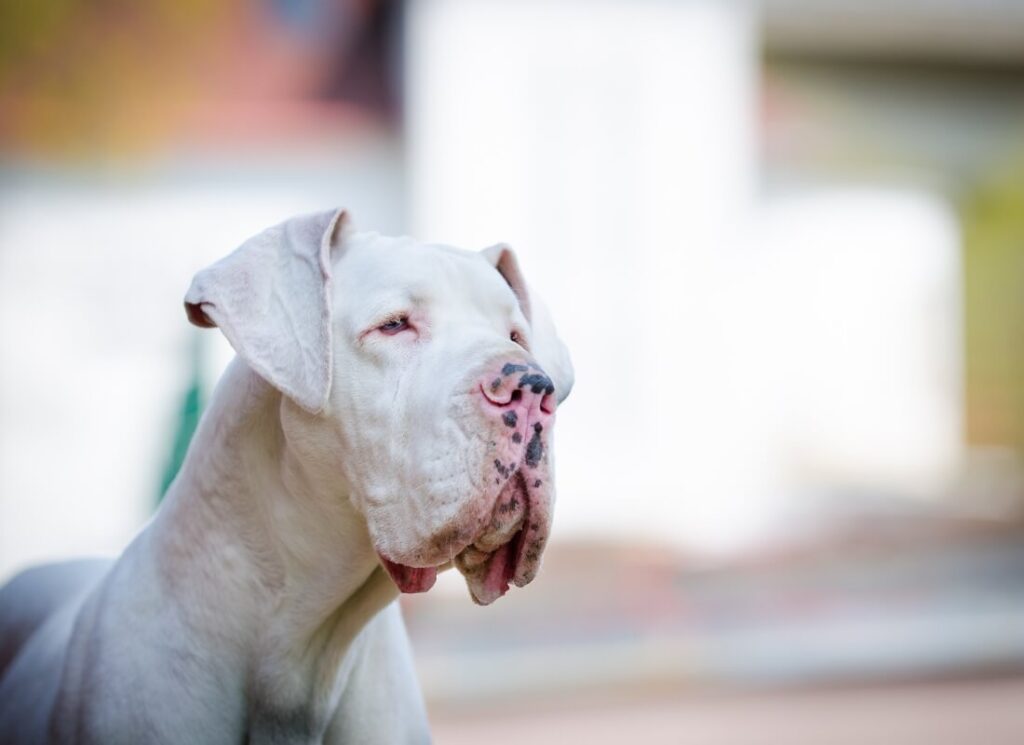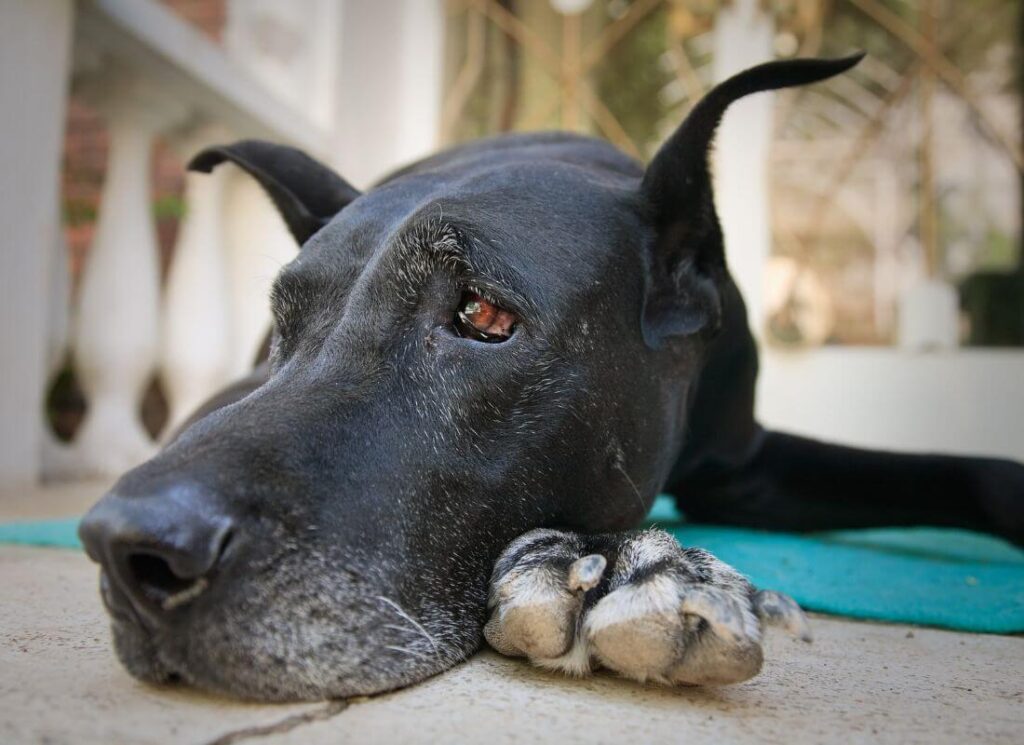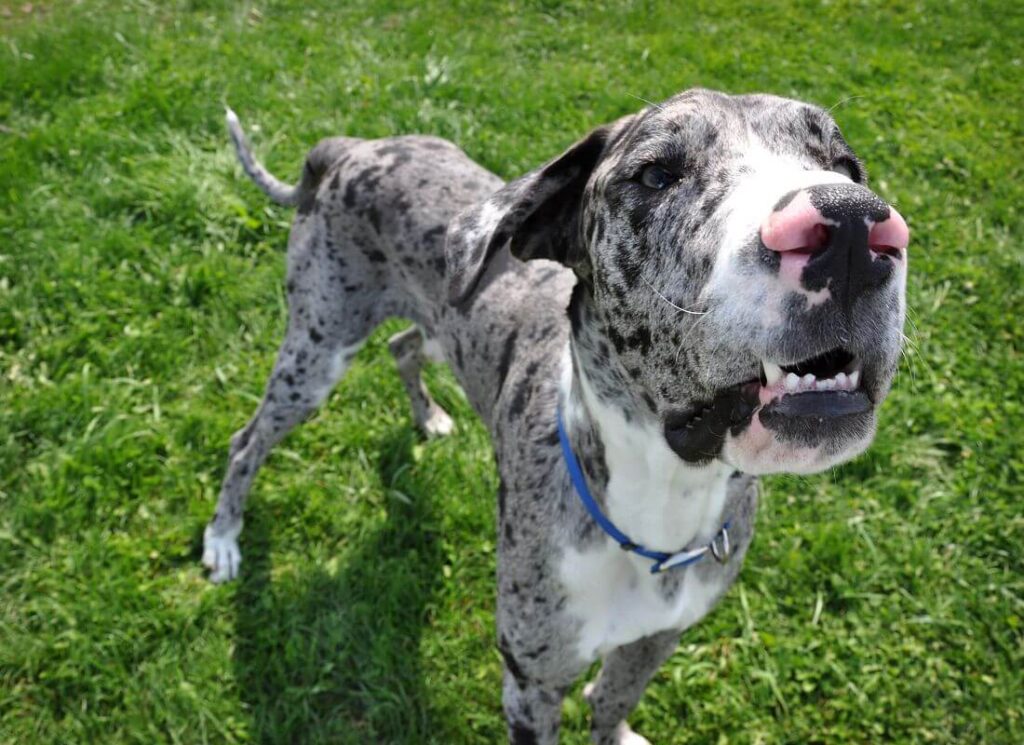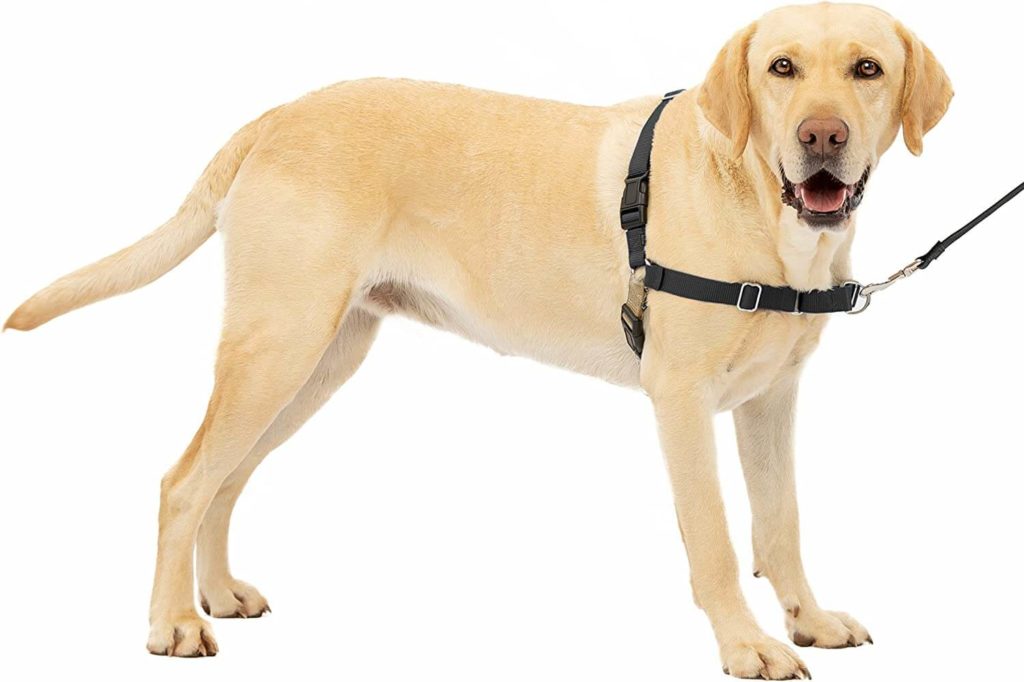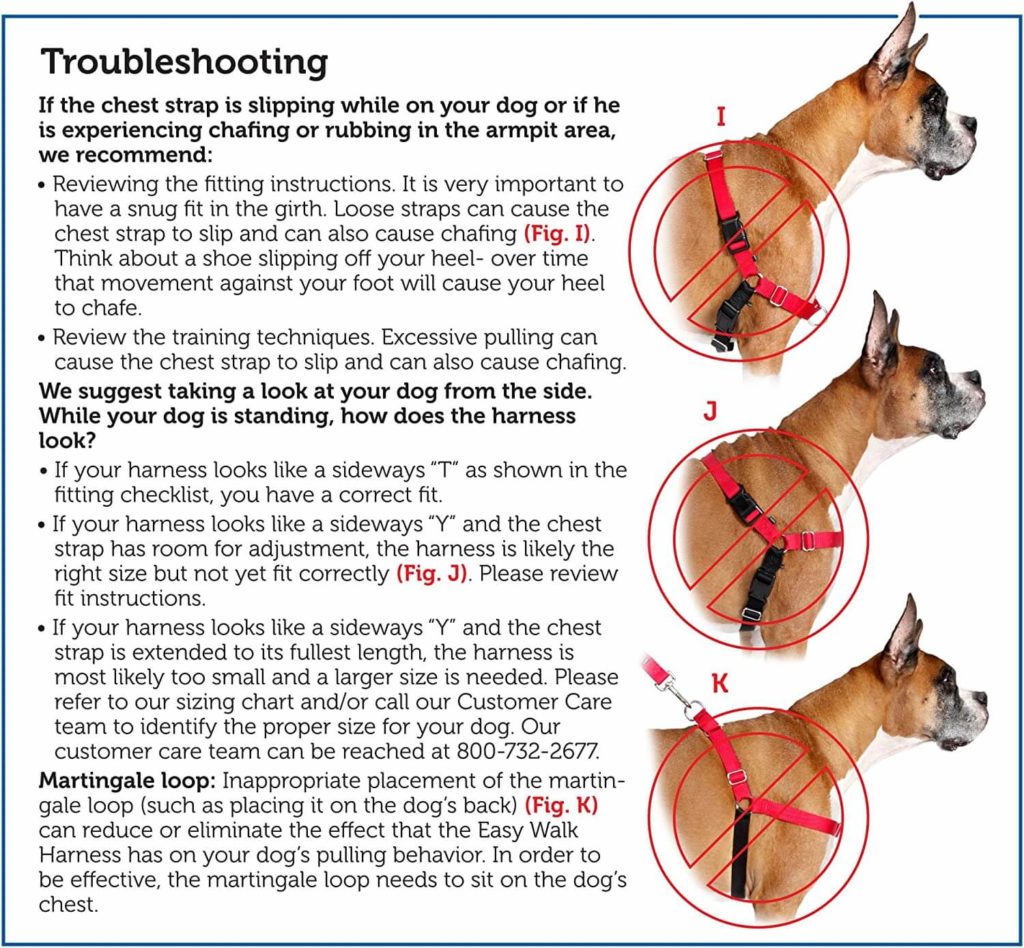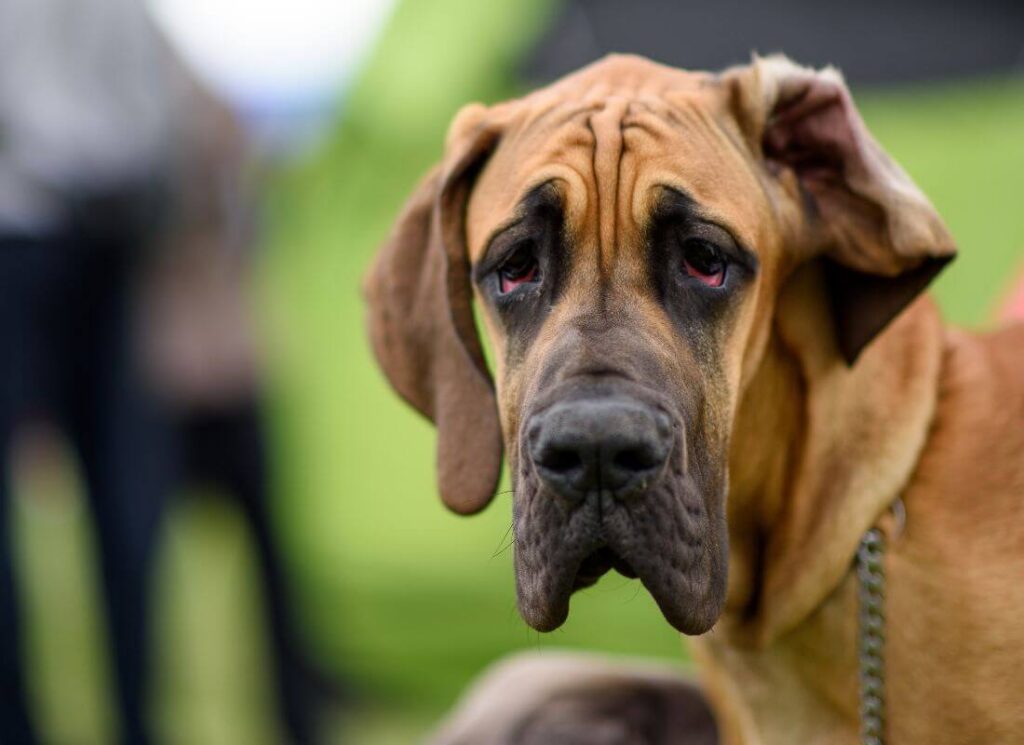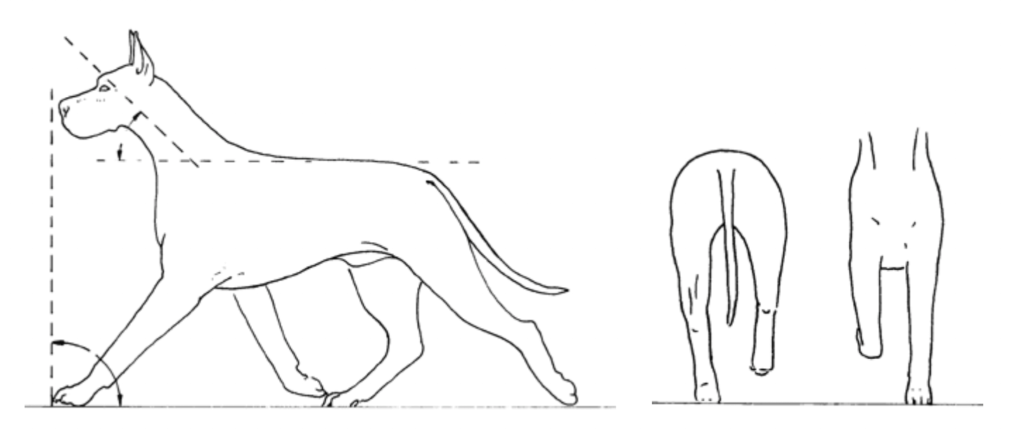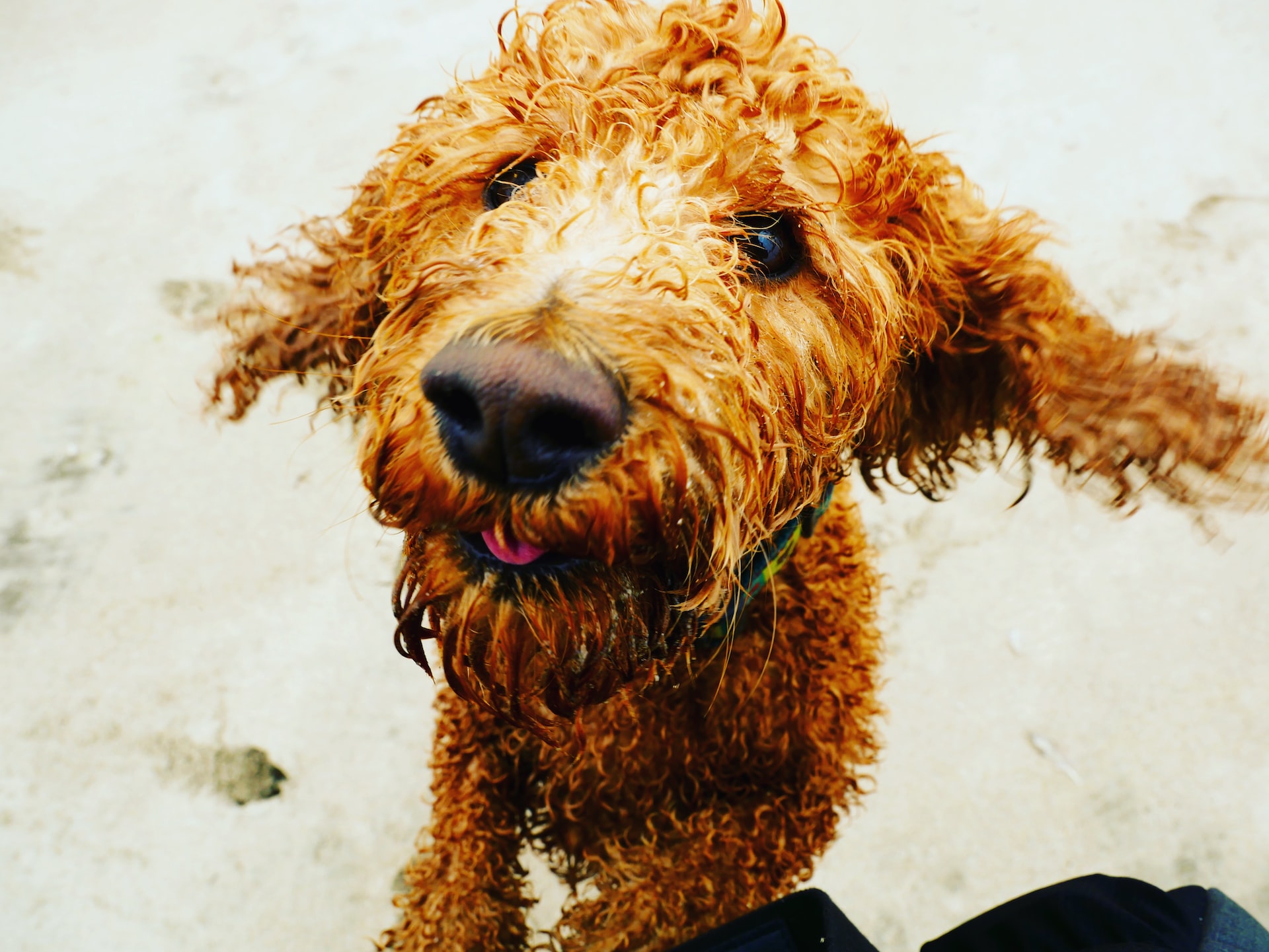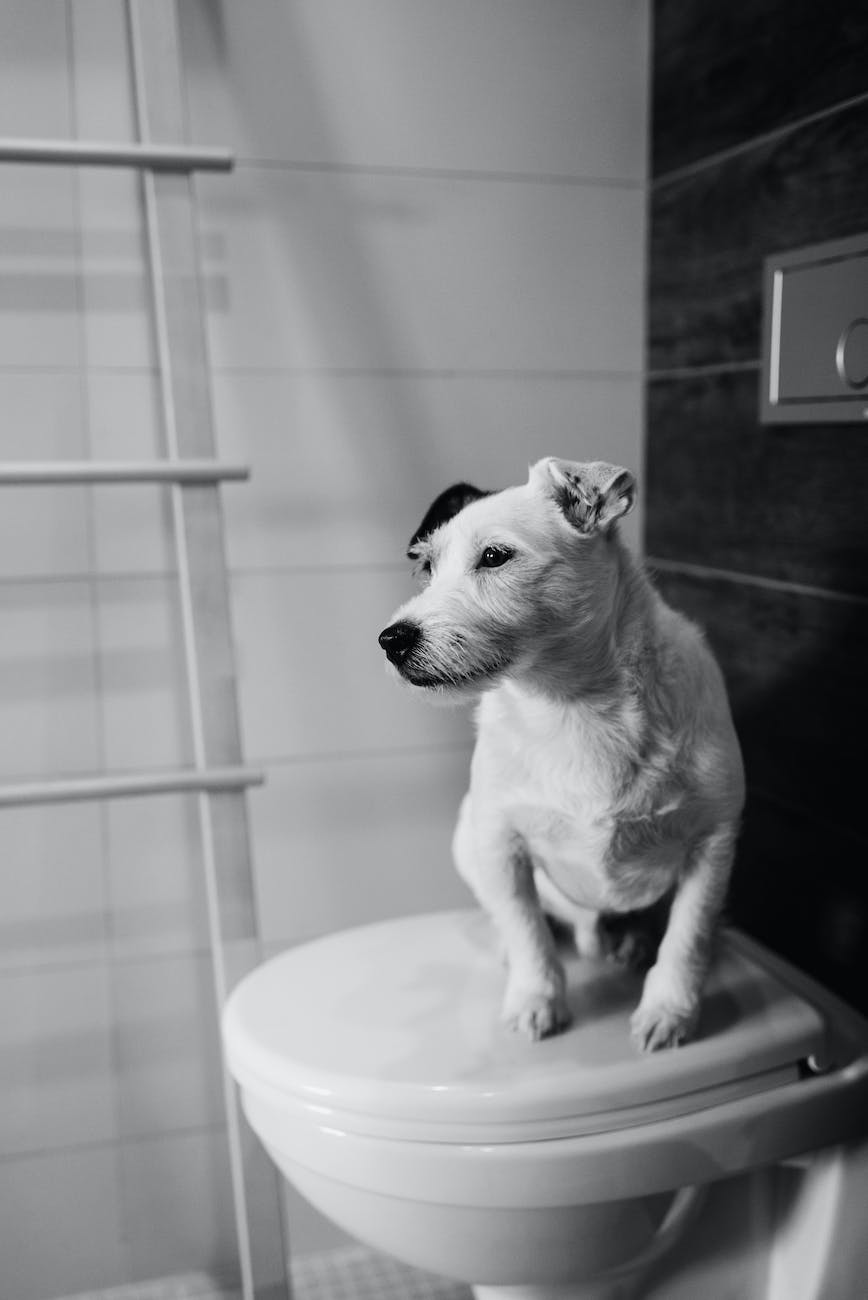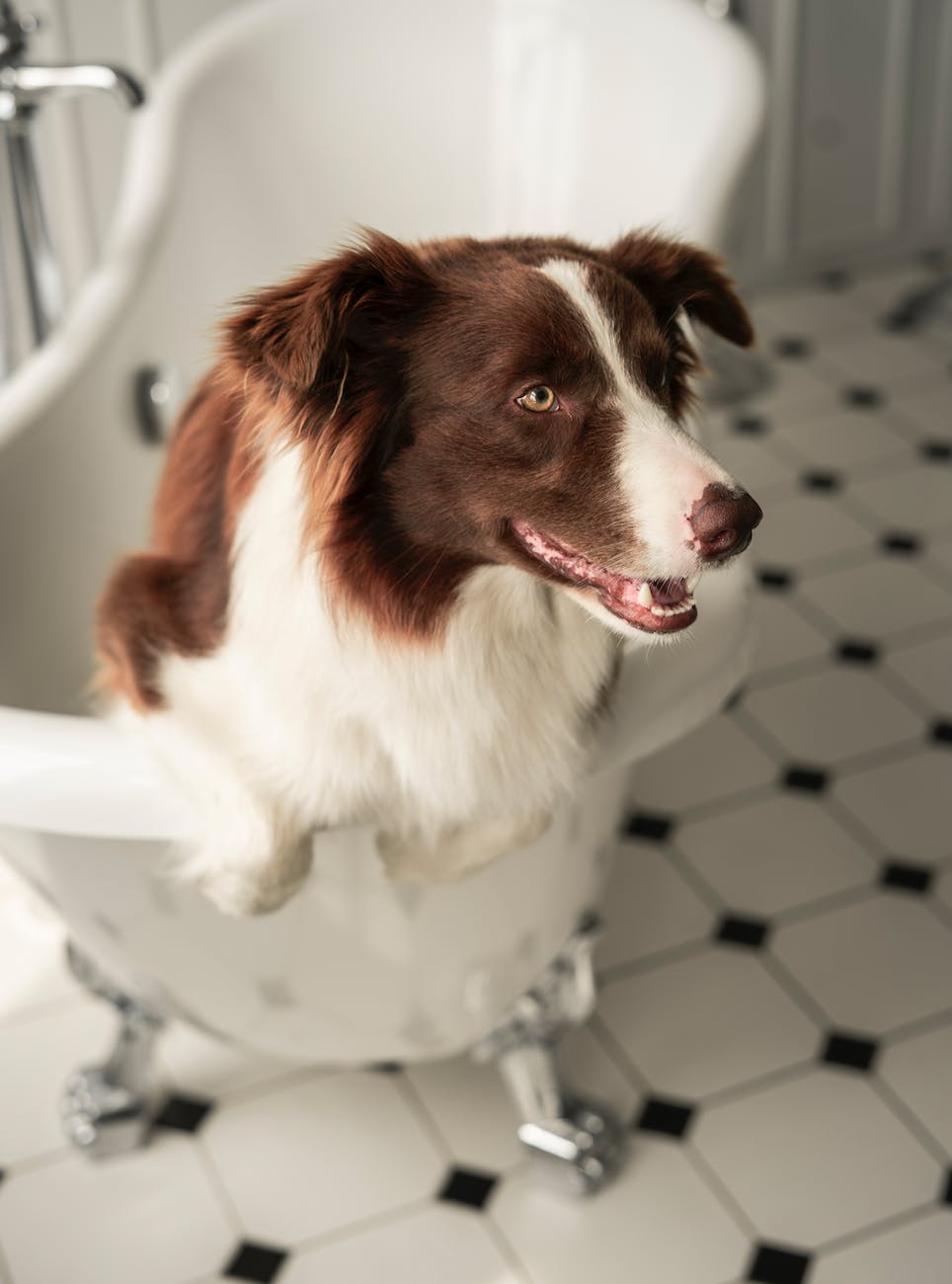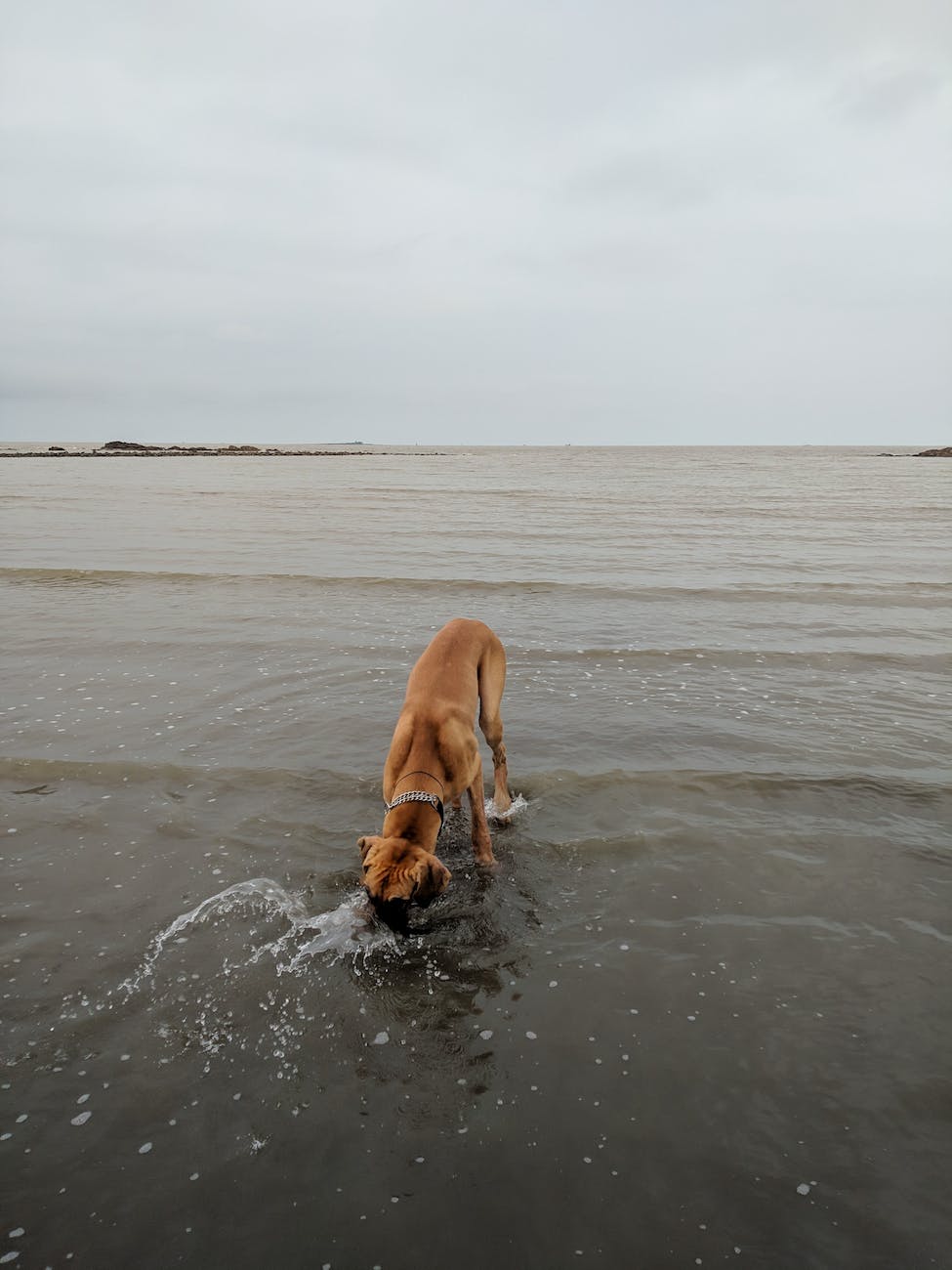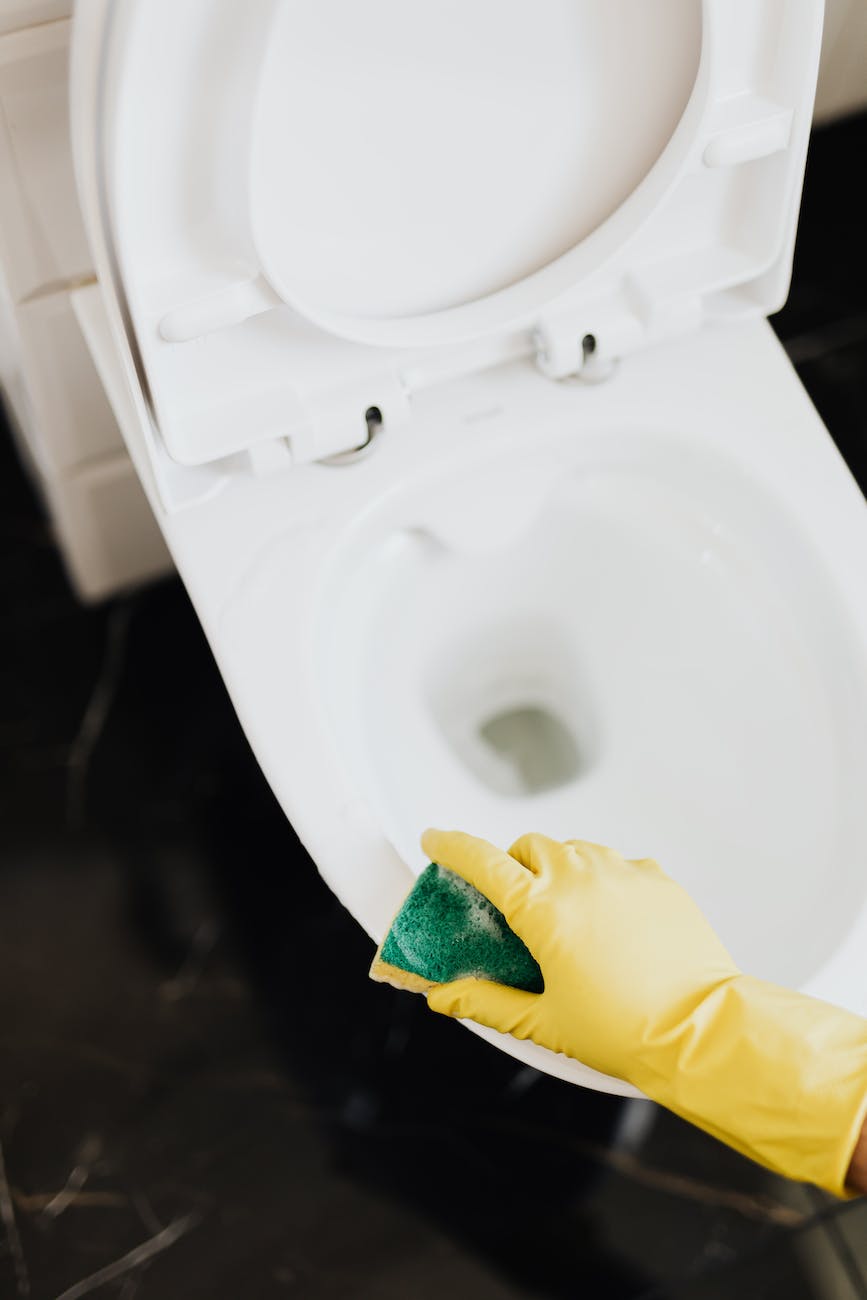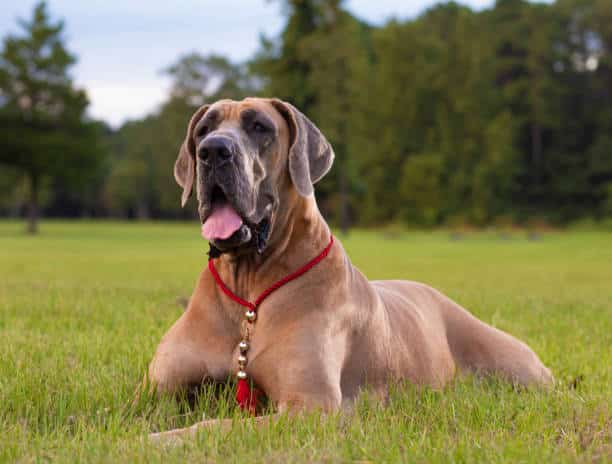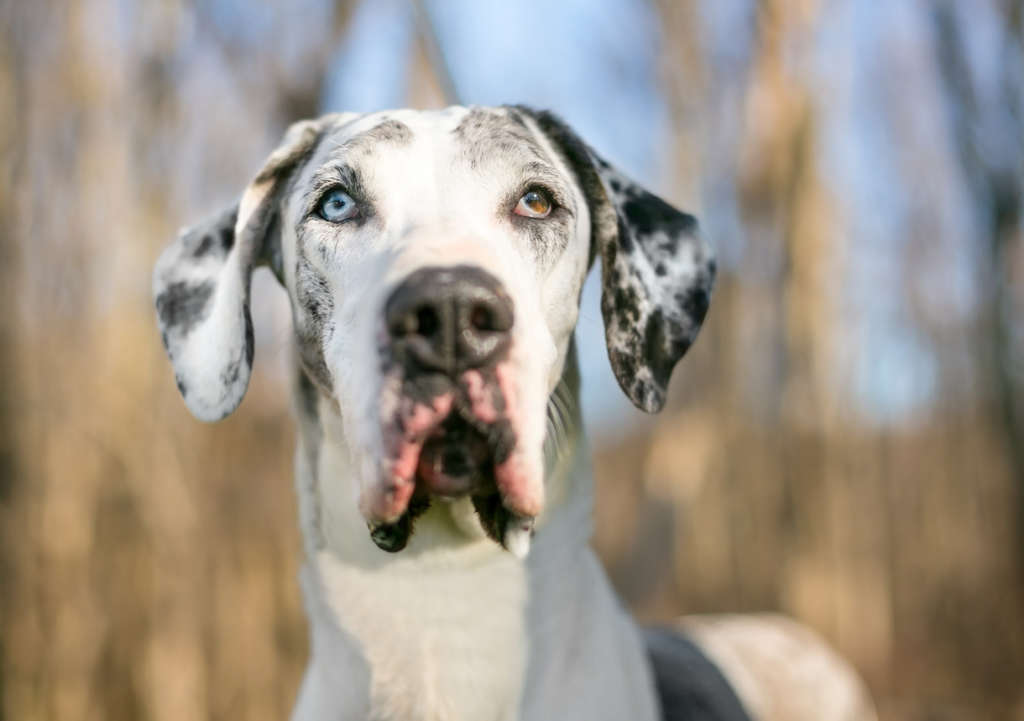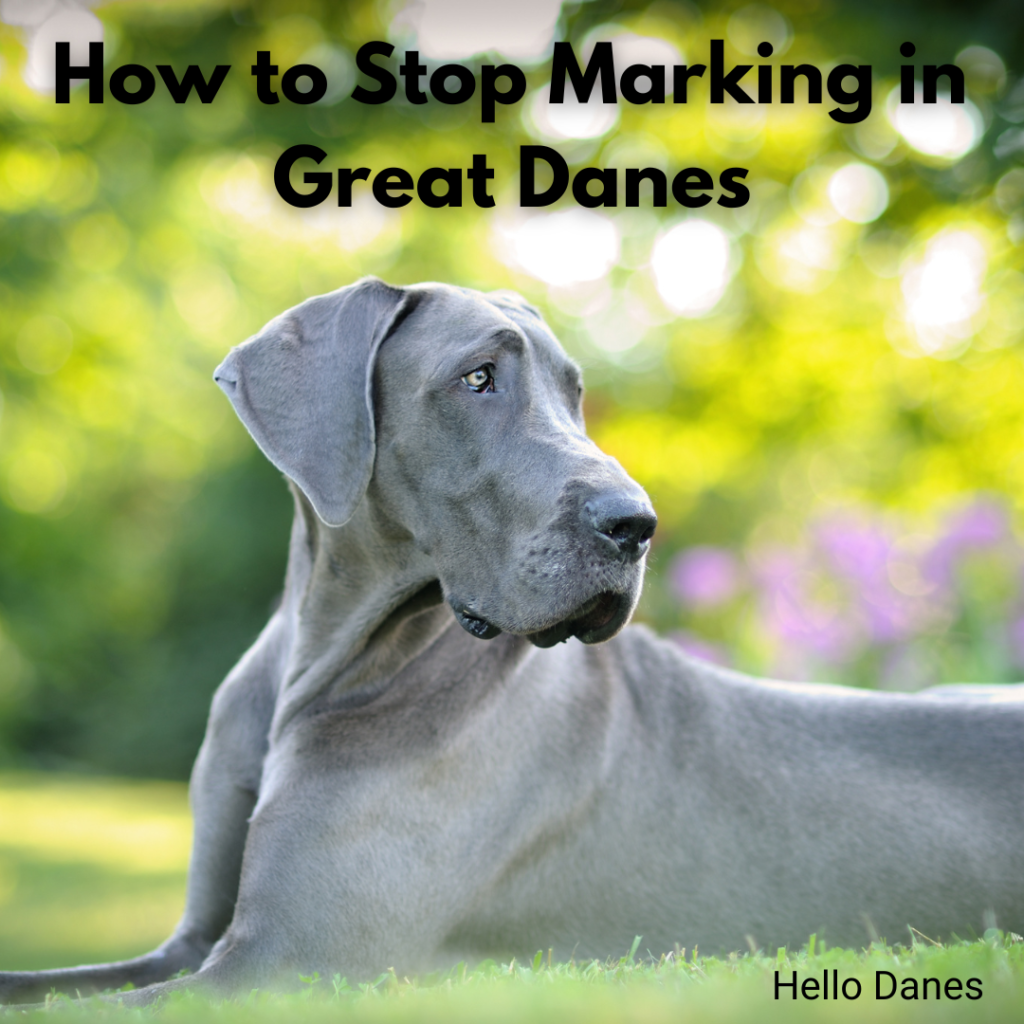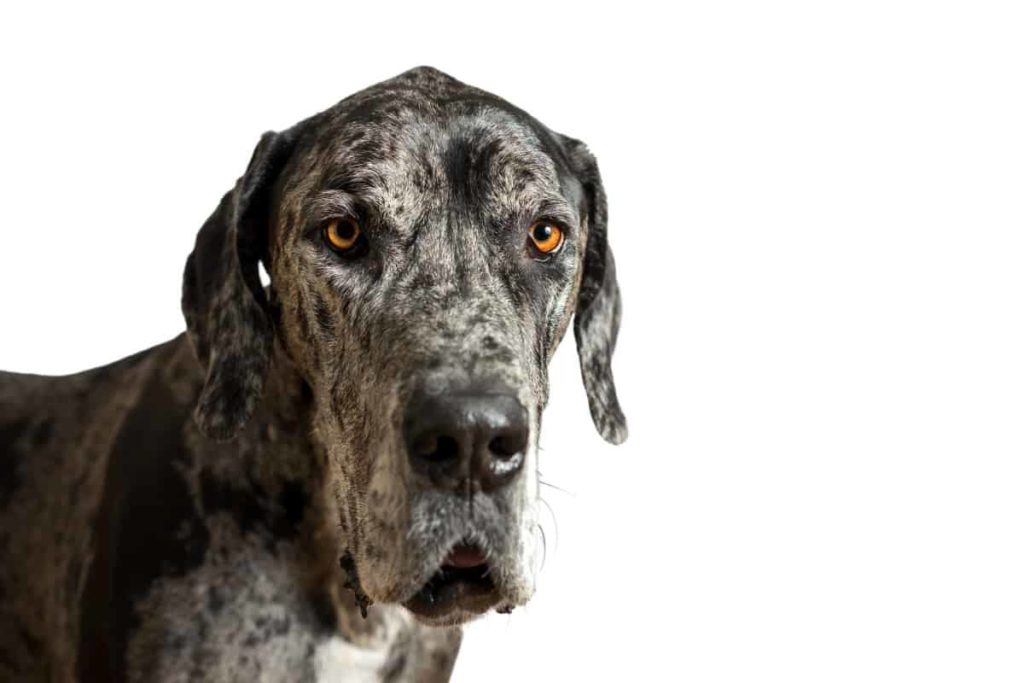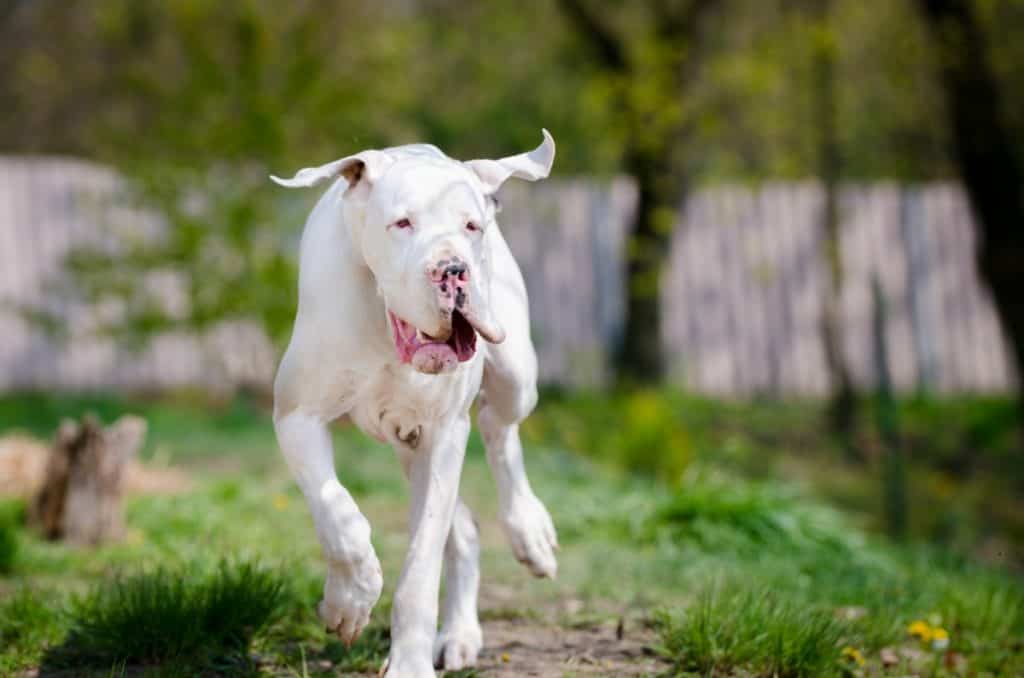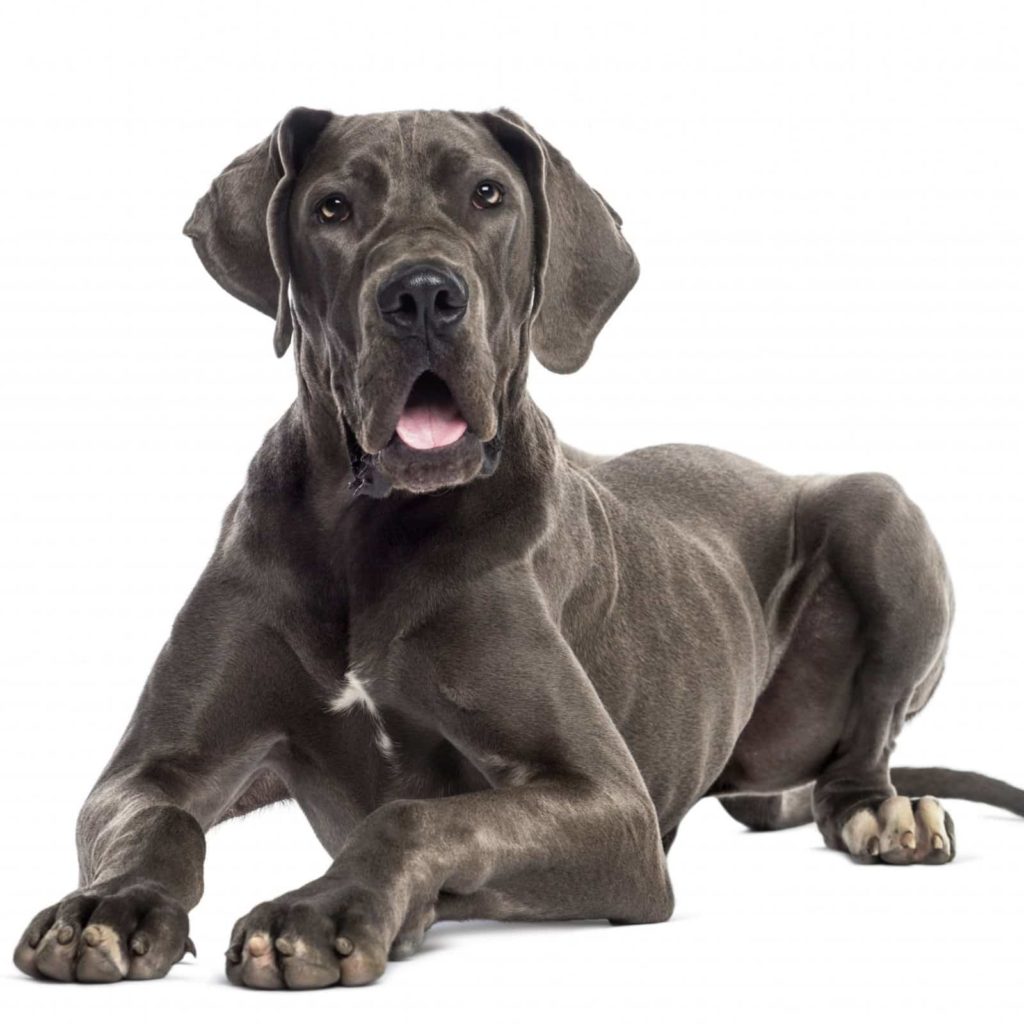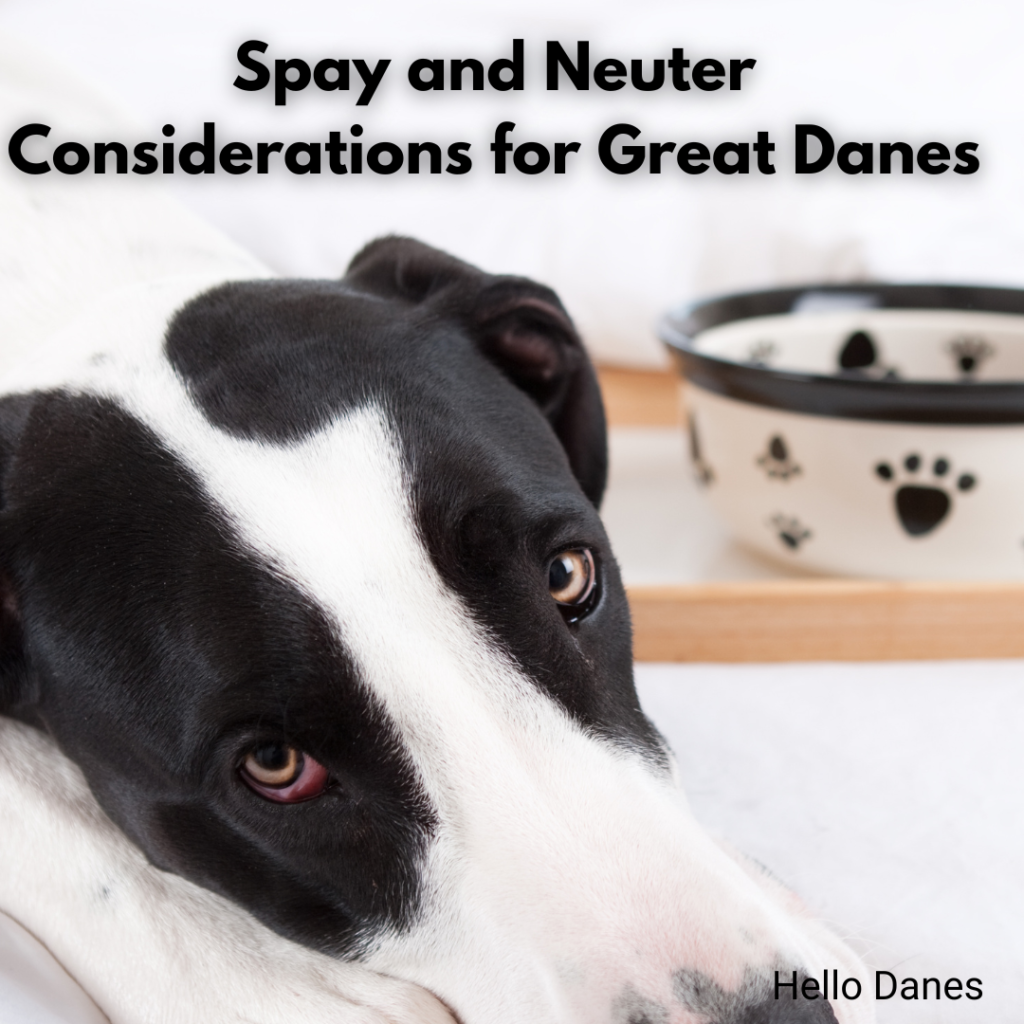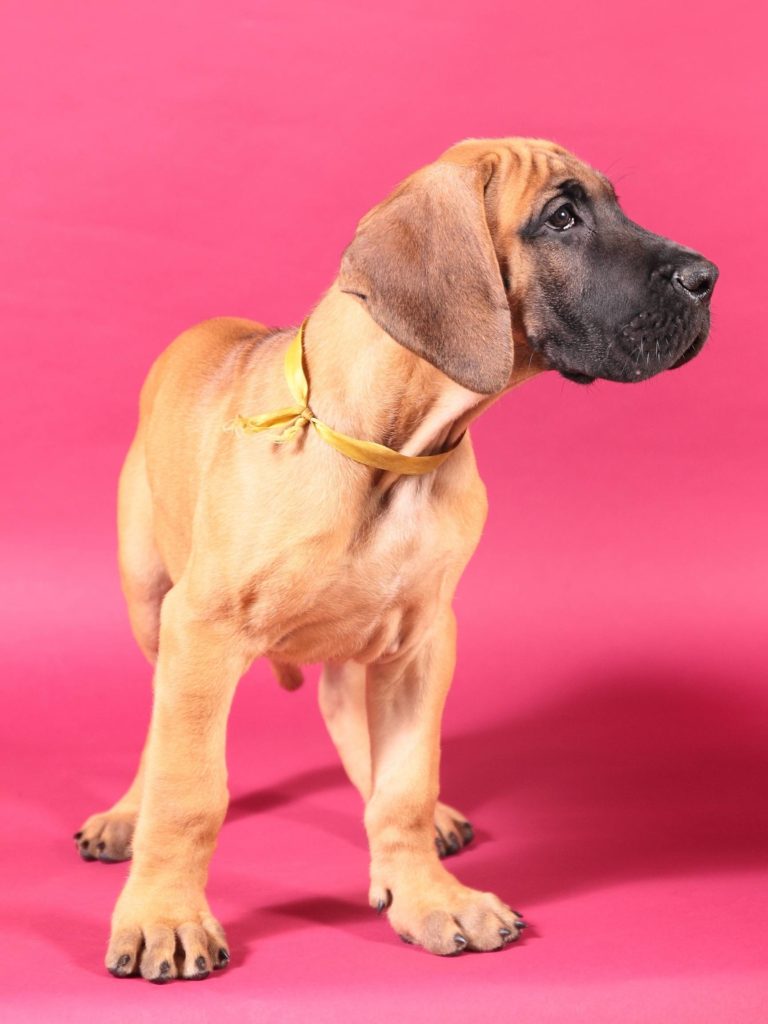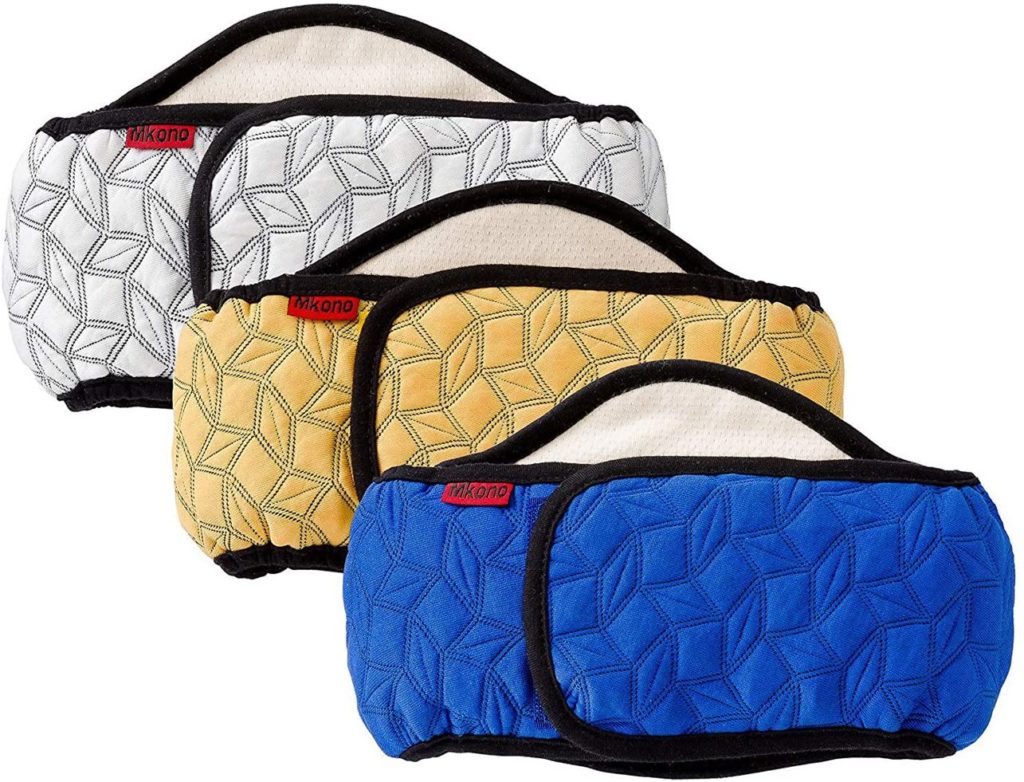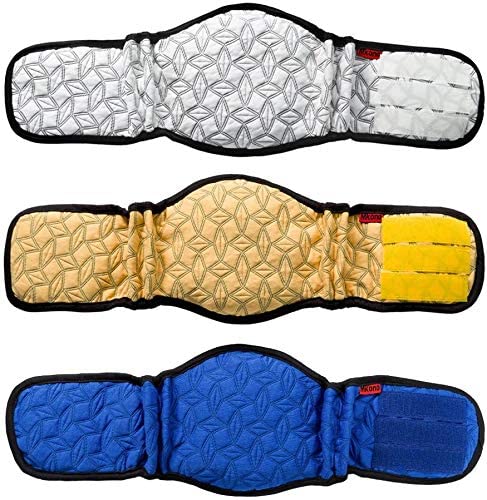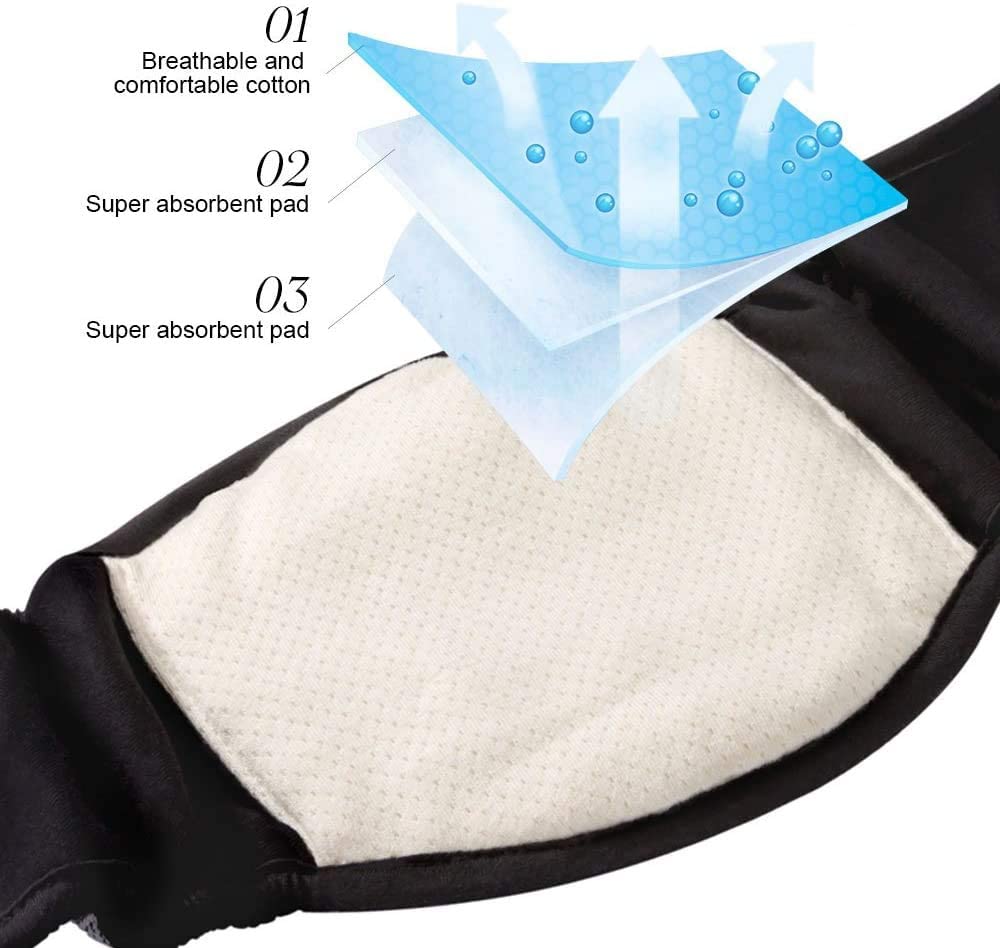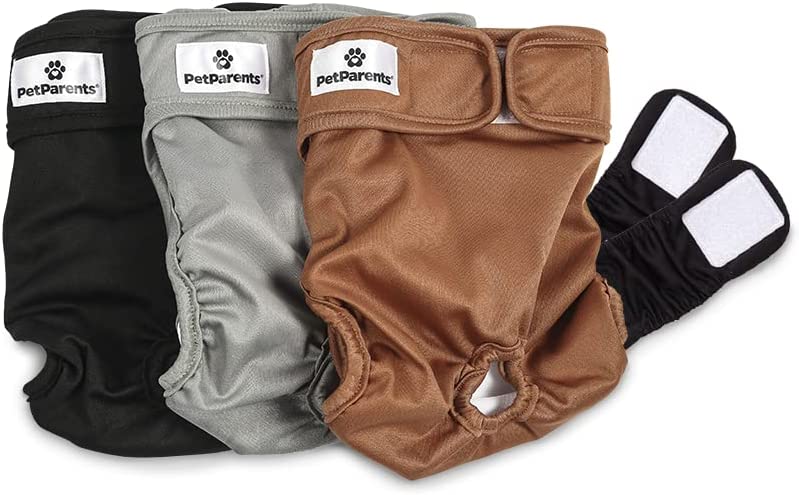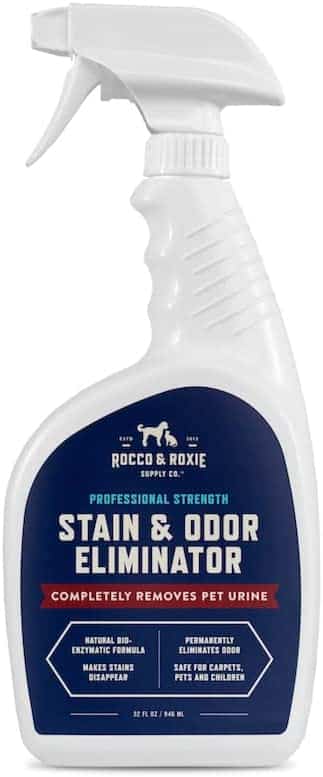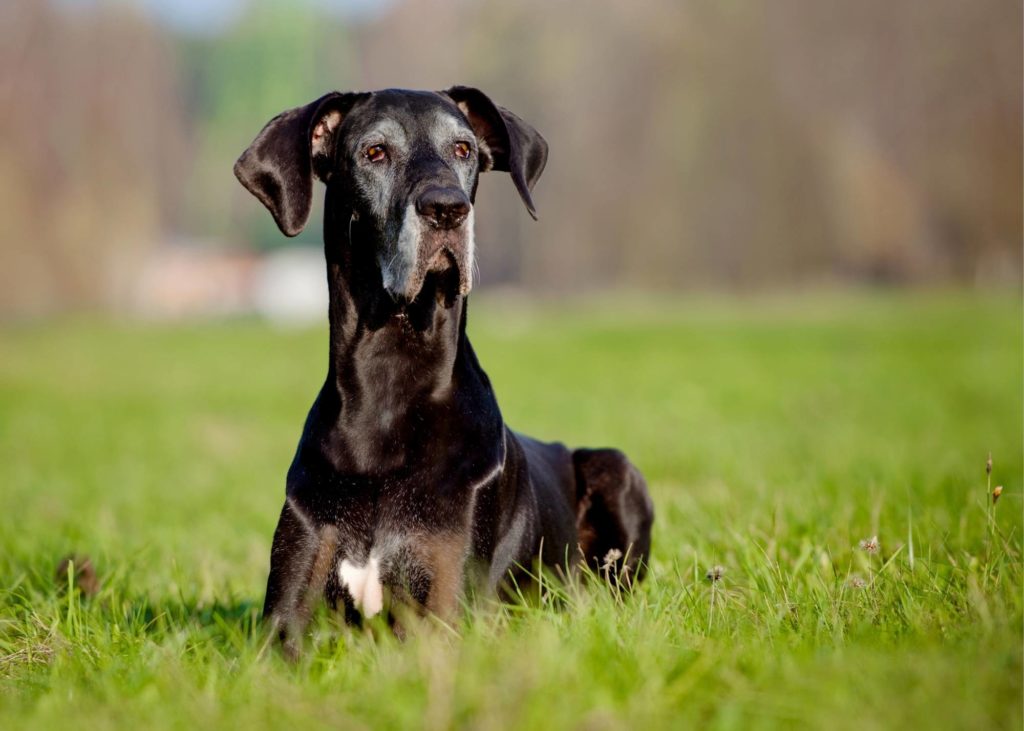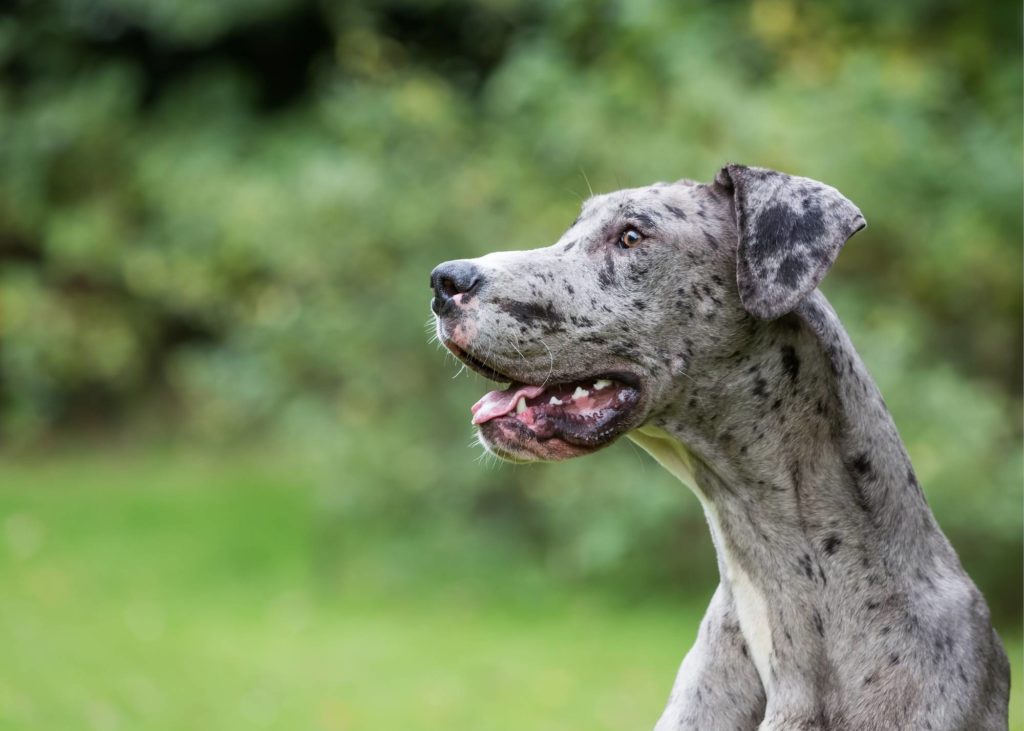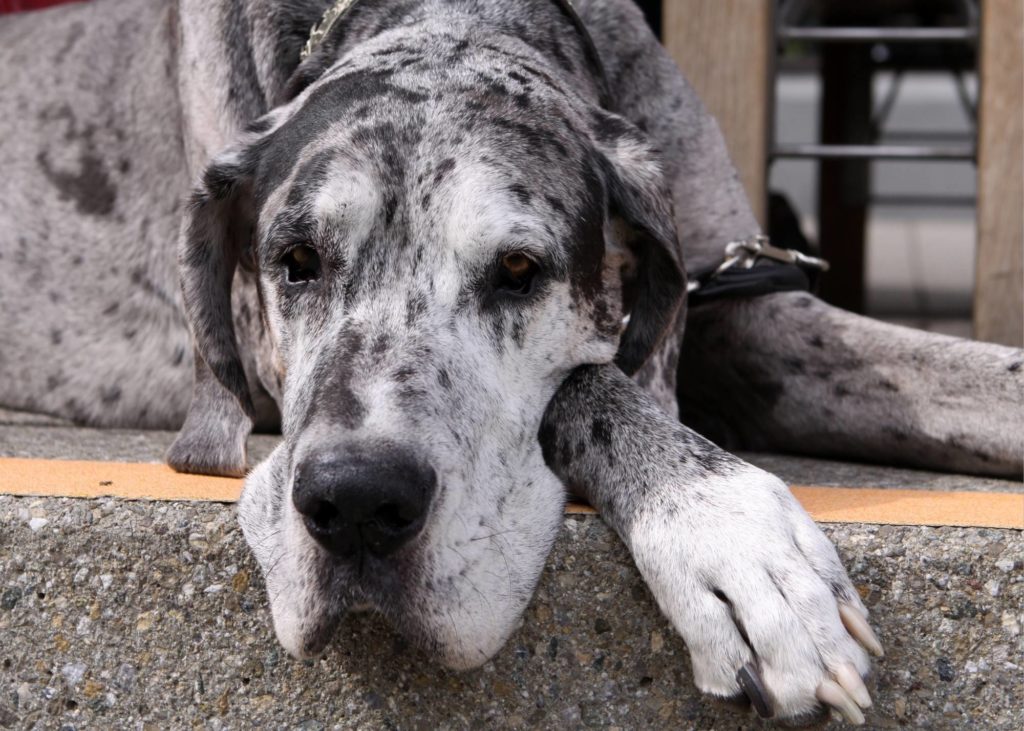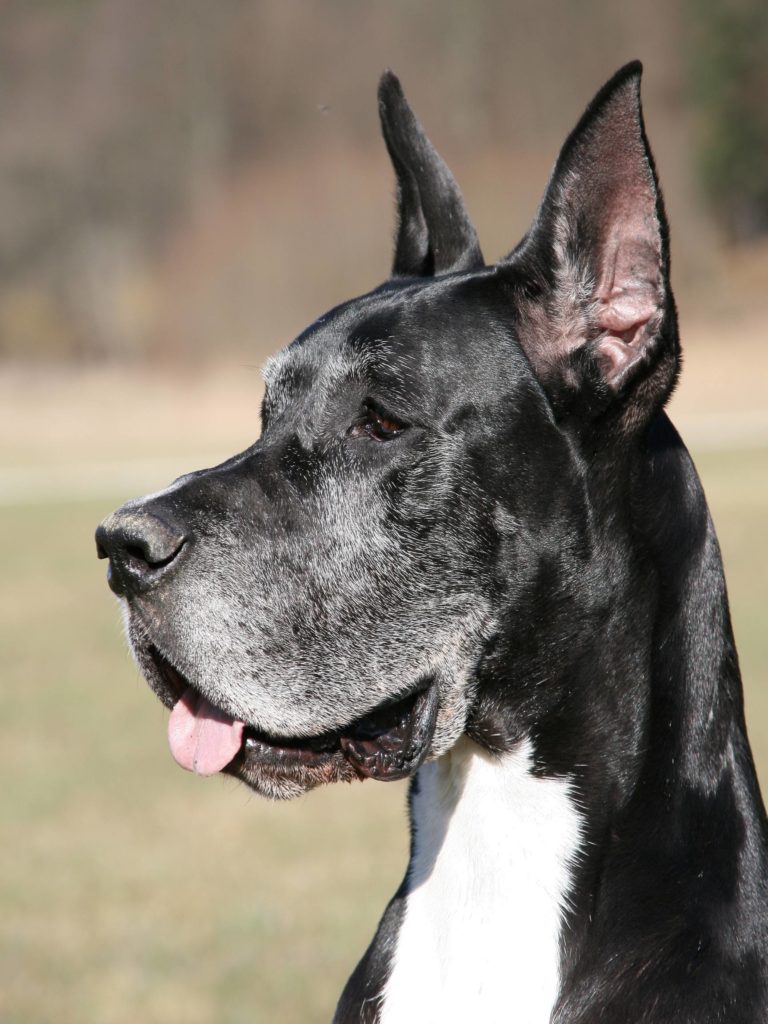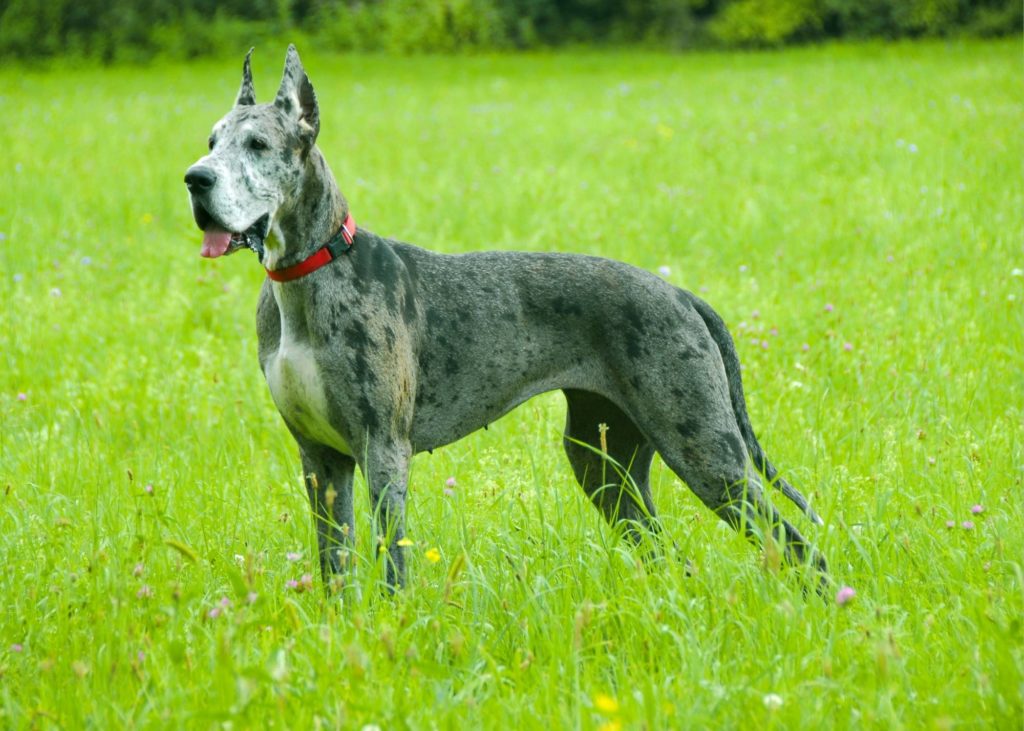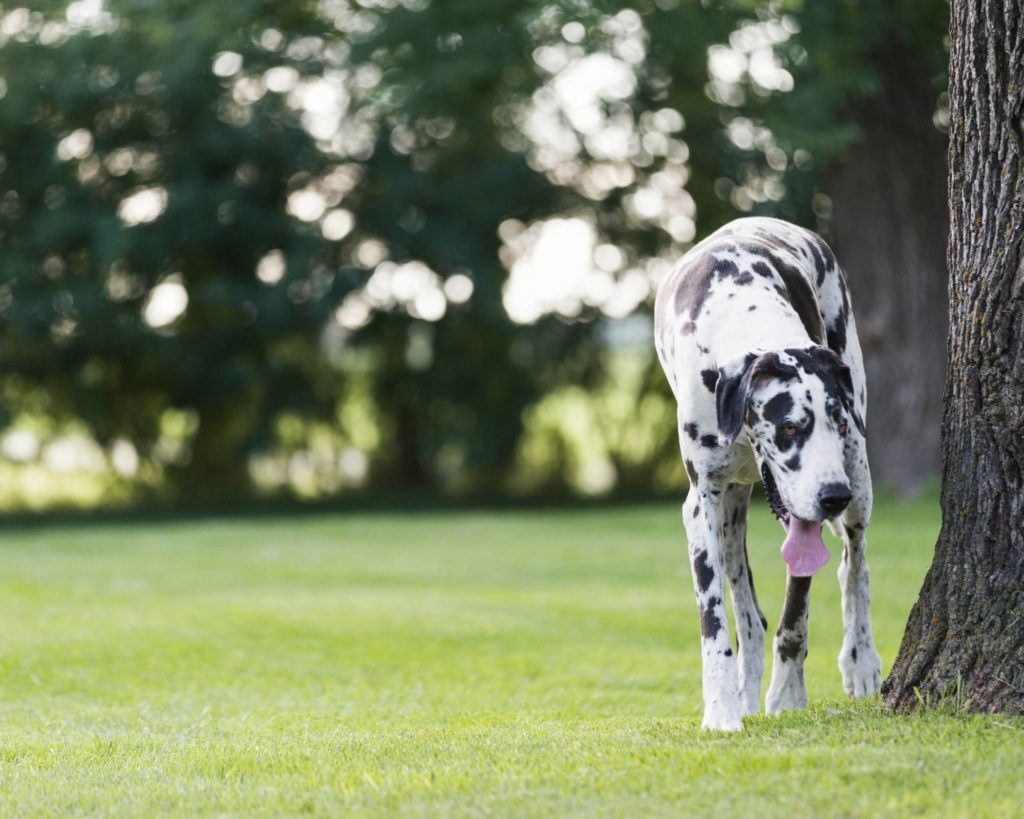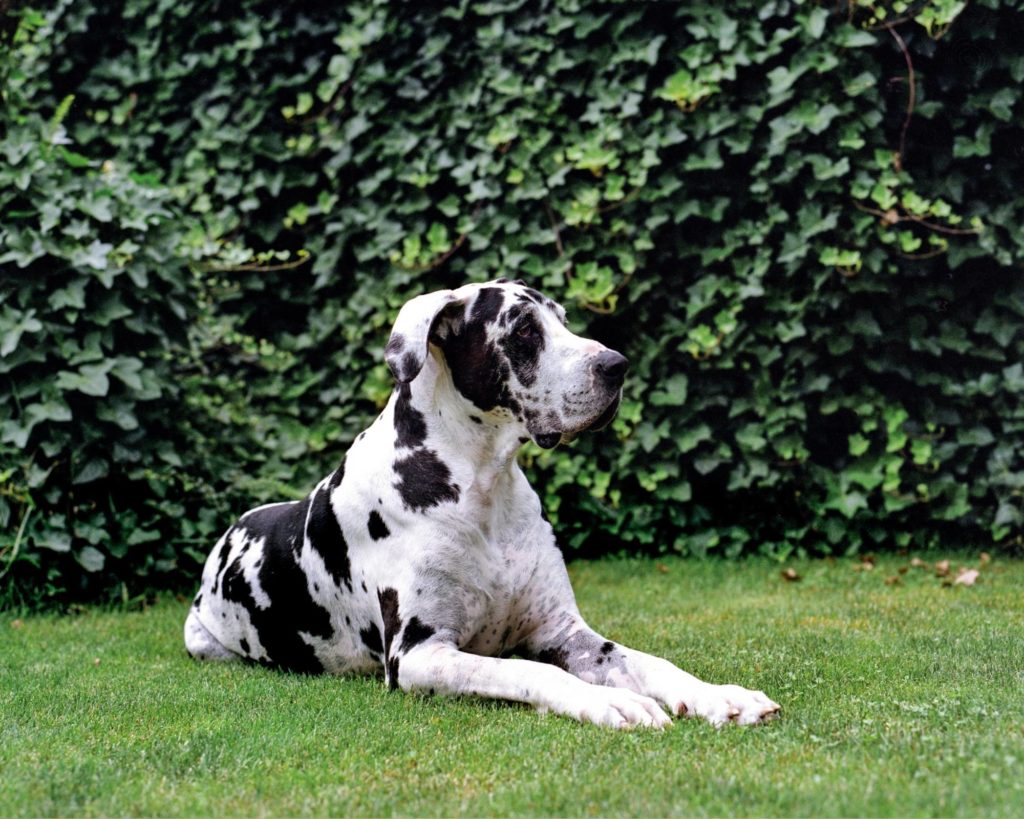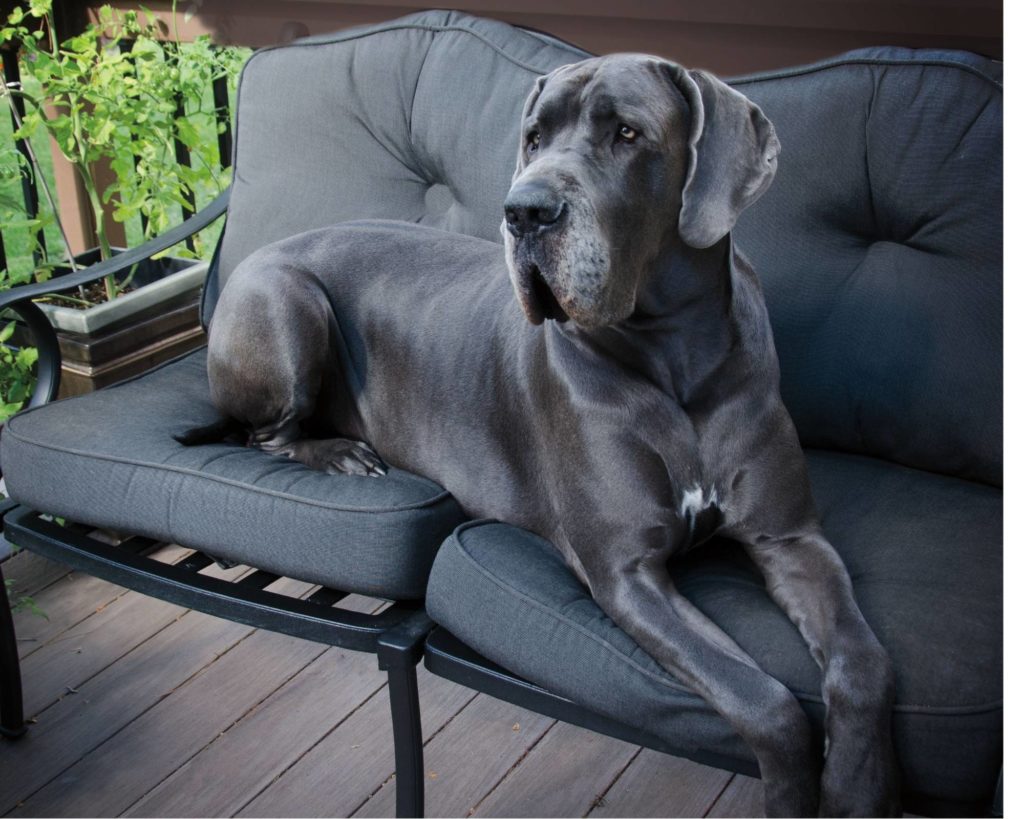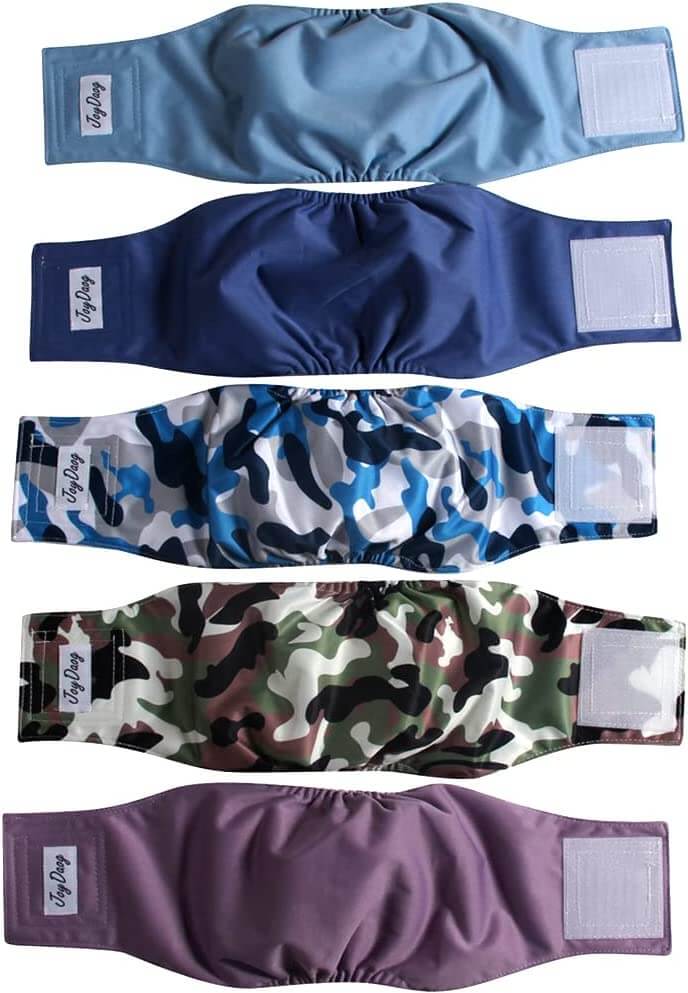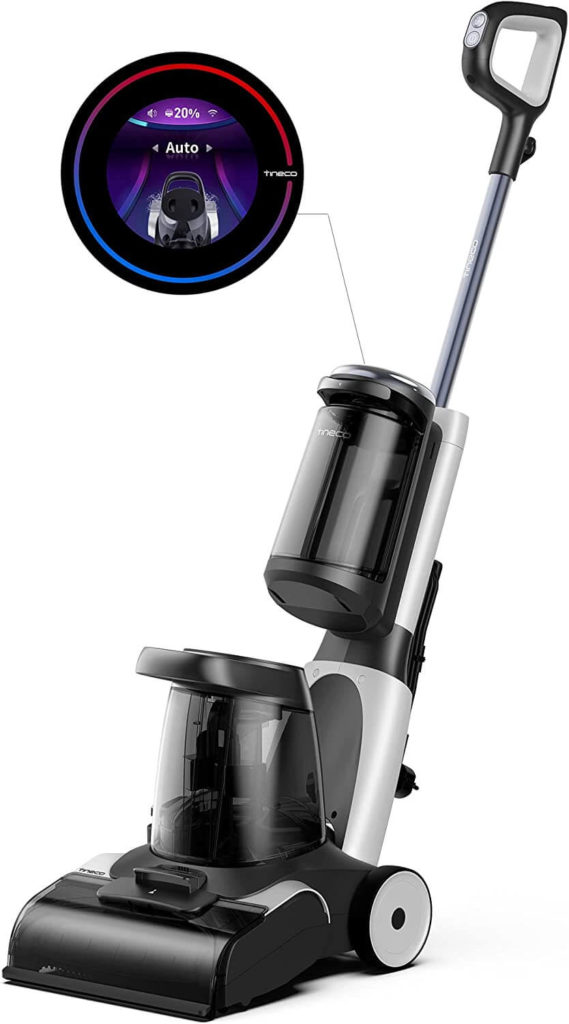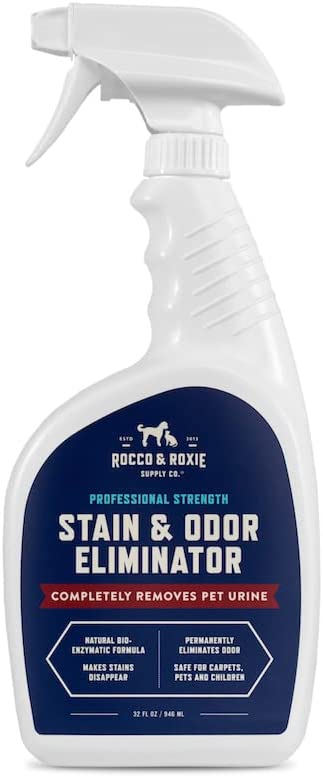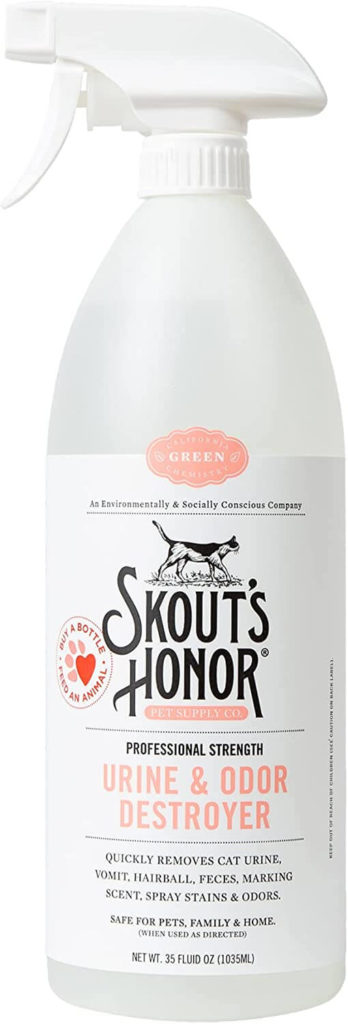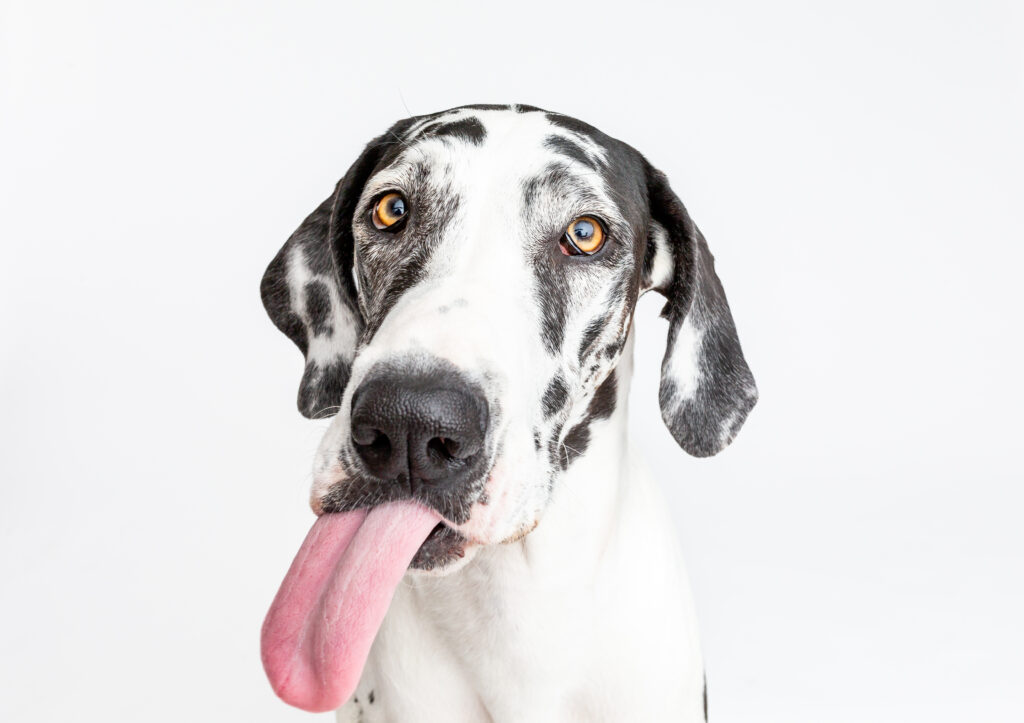
What I put on my dog’s collar isn’t just a style statement; it’s a full-on toolkit for their safety, ID, training, and even location tracking. Stick around as I spill the tea on what’s hanging around my pups’ necks and why it’s a game-changer.
What I Put On My Dog’s Collar Priority #1: Safety
Safety is the most important thing for our dogs, so it is important to me that I keep my dogs safe with the use of their collar.

What you put on your dog’s collar should be a matter of safety
Safety matters!!!
E-Collar training keeps my dogs safe, so I use an e-collar as their ‘primary’ collar
When it comes to keeping my pups out of trouble, e-collar training is the unsung hero. It’s not just about behavior; it’s a safety net. The seamless integration of e-collar features ensures that my dogs not only learn the ropes but stay out of harm’s way. These e-collar safety features are a game-changer in responsible pet parenting, providing a balance between training and protection.
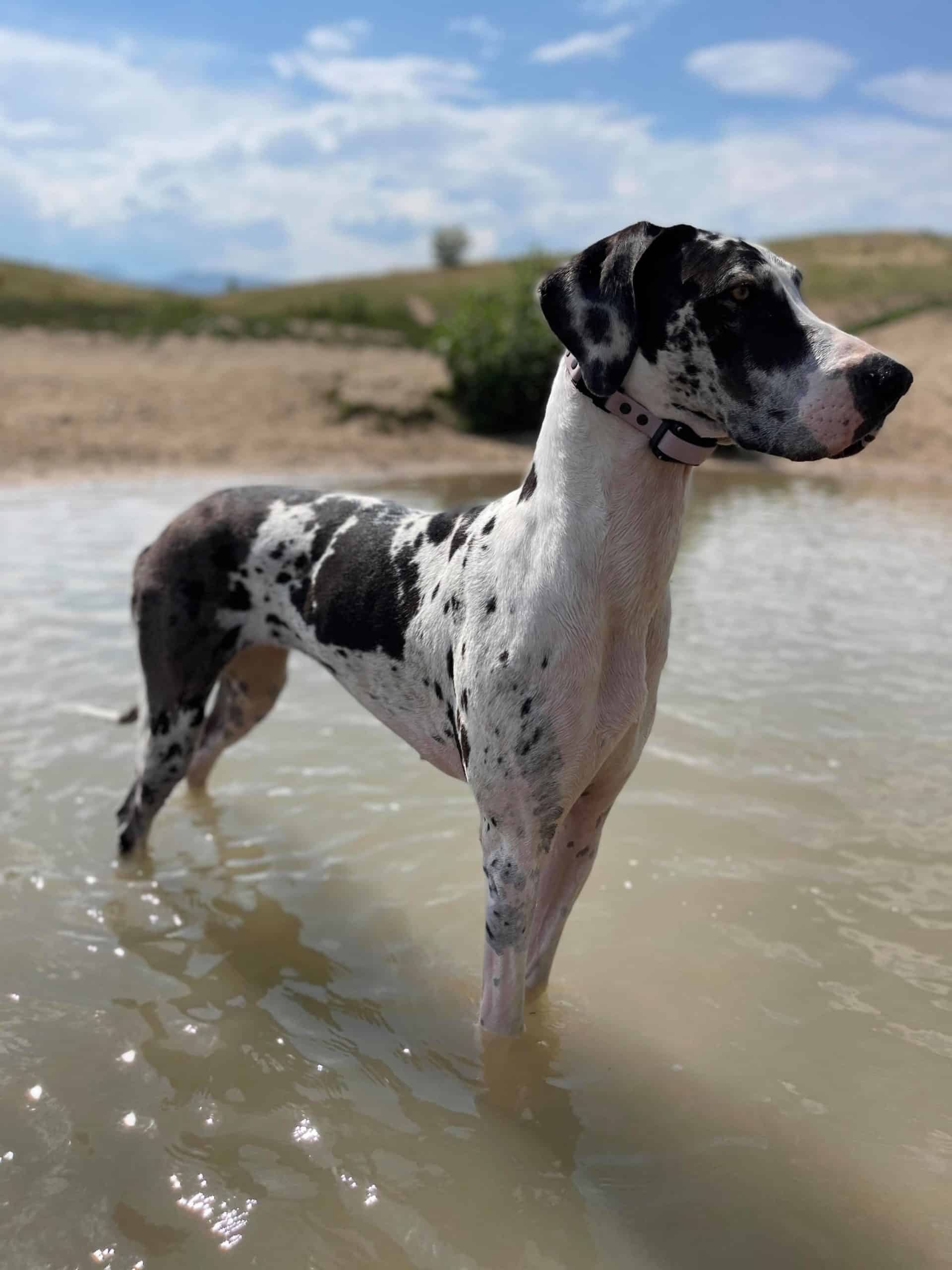
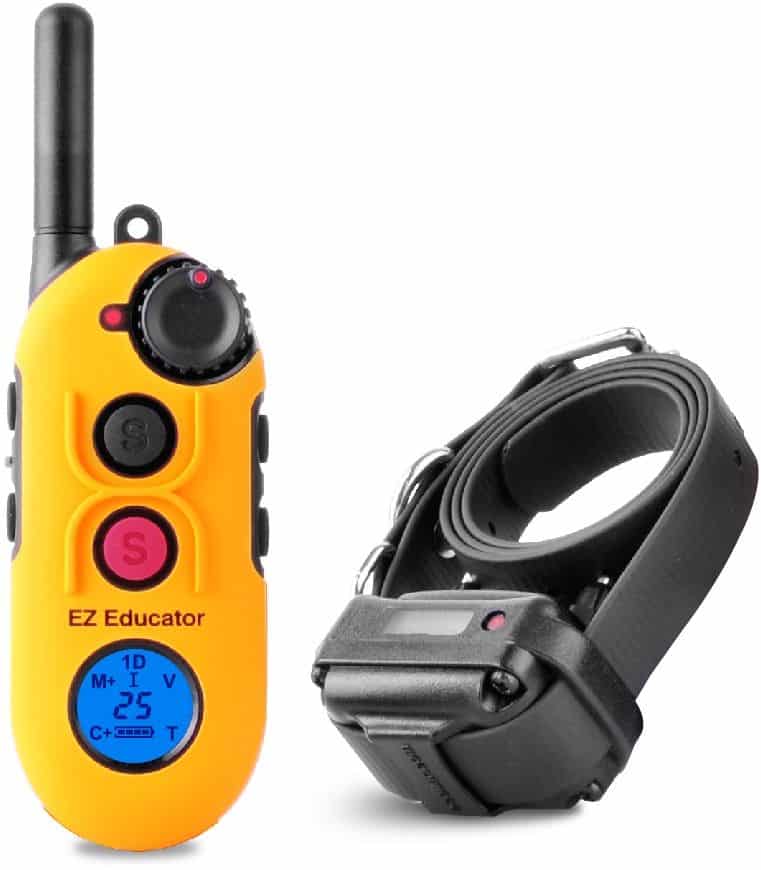
While going on a standard leash walk, my dogs will wear their regular leash collar as well as their ‘decked out’ e collar. The leash is attached to their regular collar. Never attach a leash to an e collar.
My dogs cannot be safe unless I know where they are! Therefore, I use GPS (Apple Tag) as a digital guardian
Enter the GPS revolution with the Apple AirTag – my digital guardian for those unpredictable adventures. With GPS tracking for pets, I can breathe easy knowing that even if my psycho dogs decide to embark on an impromptu adventure, I can swiftly locate them. This technology isn’t just a convenience; it’s a peace of mind for any dog parent who’s had a moment of panic when their pup went off the grid.
See more later on which air-tag holders I use and which I do NOT recommend using.
Keeping identification on your dog can keep them safe in the long run
Identification is a cornerstone of safety, and my dog’s collar is a walking ID card. With multiple contact numbers on the tags, engraved details, and crucial medical information, it’s like a fail-safe system. Should my adventurous pup find themselves in a tricky situation, anyone who lends a helping hand has all the necessary info to reunite us.
Using the Quick Snap for Emergency Situations
And here’s the ace up my sleeve – the quick snap on the e-collar band. This nifty feature isn’t just about easy on-and-off during training sessions; it’s a potential lifesaver. If my dog ever gets stuck or faces a choking hazard, that quick snap allows me to free them in seconds. It’s a small detail with a big impact, adding an extra layer to the safety dance of responsible dog ownership.
The quick snap collar from e-collar technology looks like this:

What I Put On My Dog’s Collar Priority #2: Identification
Identification is an obviously important part of your dog’s collar. I have personally found several lost dogs and the very first thing I do is look for an identification tag so that I can try to get ahold of the dog’s owner! There are several different ways of adding an identification tag onto the dog’s collar and none of these are necessarily ‘right’ or ‘wrong… But, here is what my opinions are!
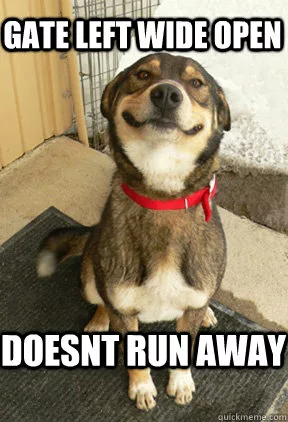
Always put multiple phone numbers on the dog’s identification tag
Having multiple contact numbers on their tags is a golden rule. It’s like a backup plan – just in case one of us is unreachable, there’s always another lifeline. These dog collar safety features go beyond just looking good; they’re a practical way to make sure someone can reach us if our pups decide to embark on an unplanned adventure.
Jangling or sound proof, do you care if your dog’s identification tag makes noise?
Now, let’s talk about the tag jangle – some pups don’t mind it, while others act like they’re auditioning for a percussion band. It’s all about personal preference. Likewise, some owners don’t seem to mind it, while the ‘jangling’ noise tends to drive me crazy!
If you’re on Team “Silence is Golden,” you might want to consider a soundproof tag. Balancing stylish and functional dog collars means taking into account the little details that make a big difference in your pup’s comfort and your sanity.
The worst ‘soundproof’ tag
Getting a tag for your dog that is soundproof is useless if that said tag breaks within 1 day. Then you really won’t be able to hear it! These are the ‘soundproof’ dog collar tags that I have personally tried and found useless because they break off within a few weeks and I never see them again.
DO NOT BUY THESE TAGS!!!
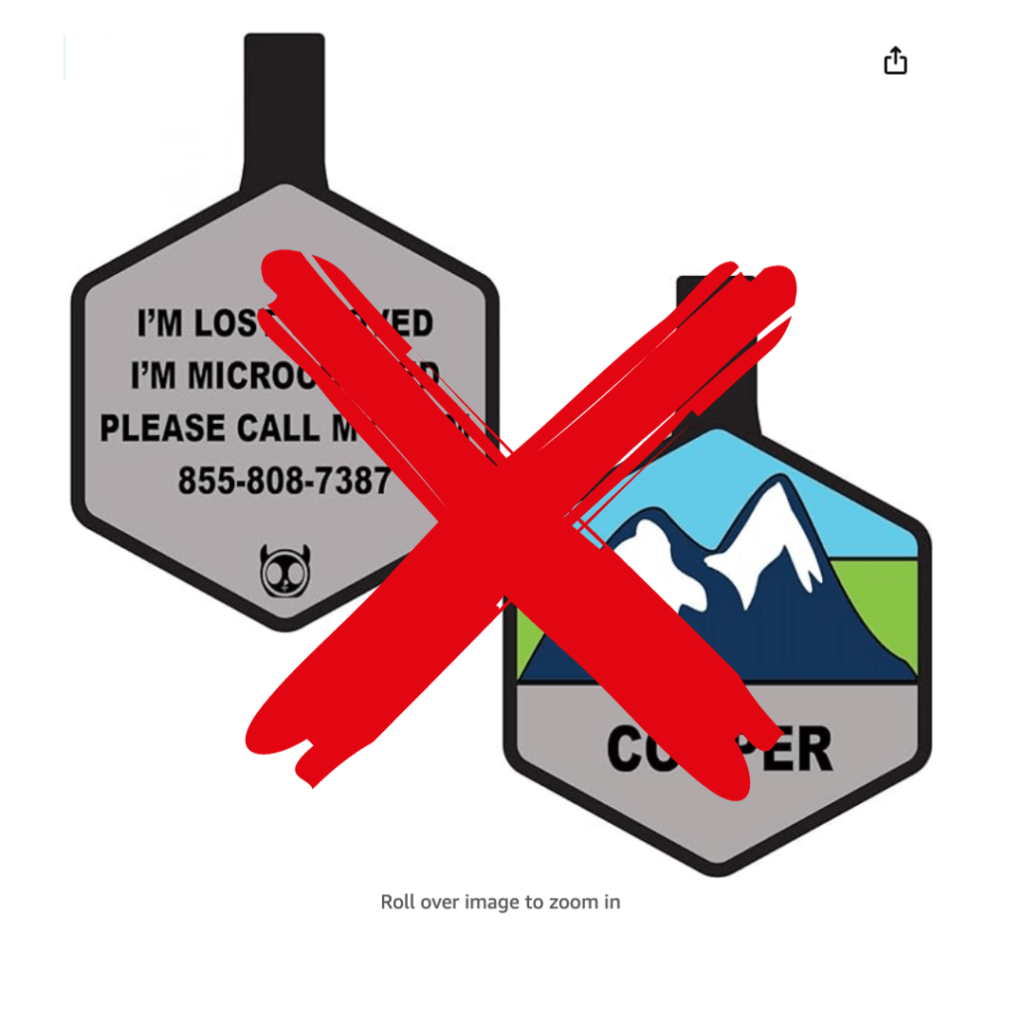

The best ‘soundproof’ tag
The best soundproof tag I have ever used, and the one I personally use, is made from metal and not sillicone. Maybe your dogs do not wrestle or roughhouse, but the second mine do the sillicone ones fall off. So, I look for a tag that does NOT hang, but also will NOT break. This tag has never fallen off and always remains secure around my e collar band.
YOU SHOULD DEFINITELY BUY THIS TAG! (SHOP HERE)
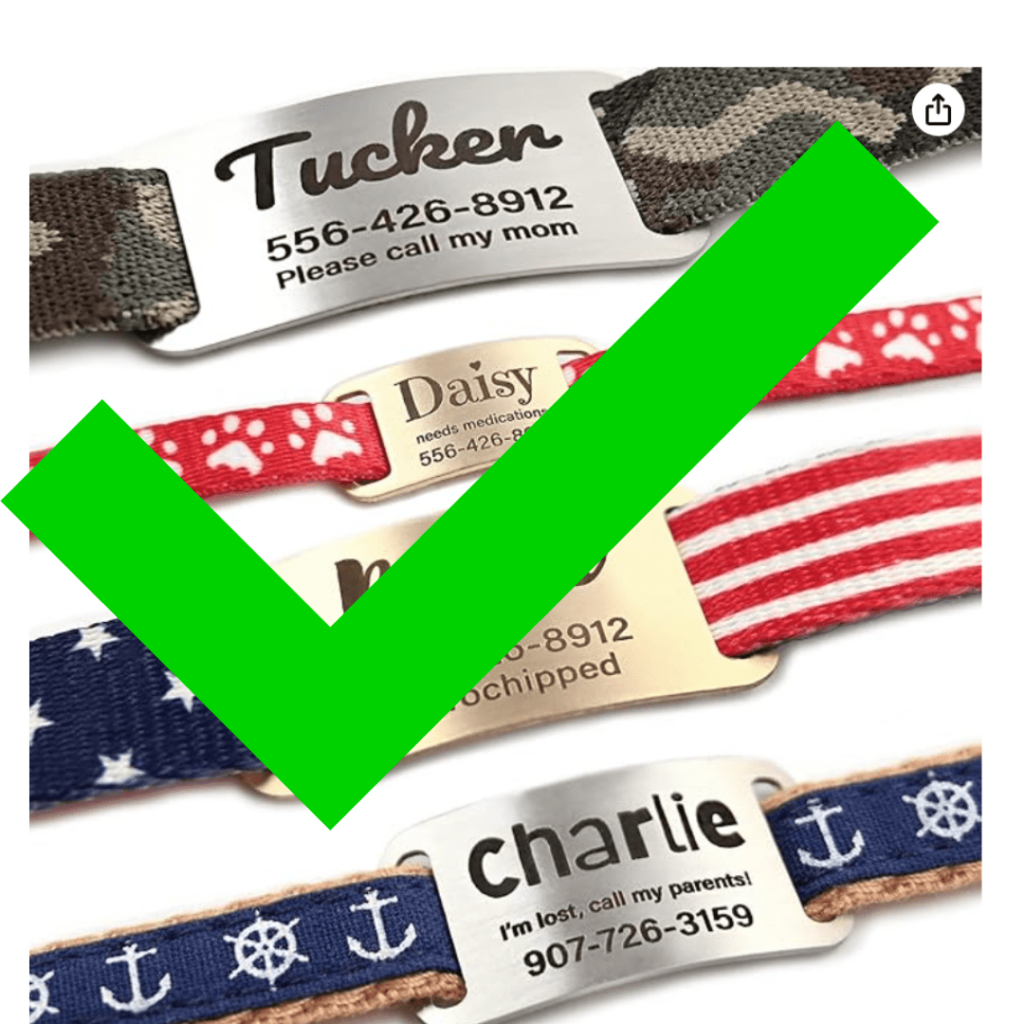
Put medical information on your dog’s tag, if they need medicine or have any conditions
For those extra layers of safety, tossing in some medical information on the tag is a smart move. If your furball has any special needs or conditions, having it right there on the collar is like a note to anyone who lends a helping hand. It’s one of those dog collar identification tips that can make all the difference in a crucial moment.
Put a return address on your dog’s collar – home sweet home
And of course, let’s not forget the good old return address. If our mischievous pals decide to go on a solo mission, having an address on their collar ensures they find their way back home. It’s not just about safety; it’s about peace of mind, knowing that if they get lost, someone kind will guide them back to us.
What I Put On My Dog’s Collar Priority #3: Training
Being able to train my dogs and communicate with them with the use of their collar is huge. Their collar is not just ‘dead-weight’ but its actually a tool that we can use to bond and grow closer in our relationship. They get to explore the world because of the tools on their collar!
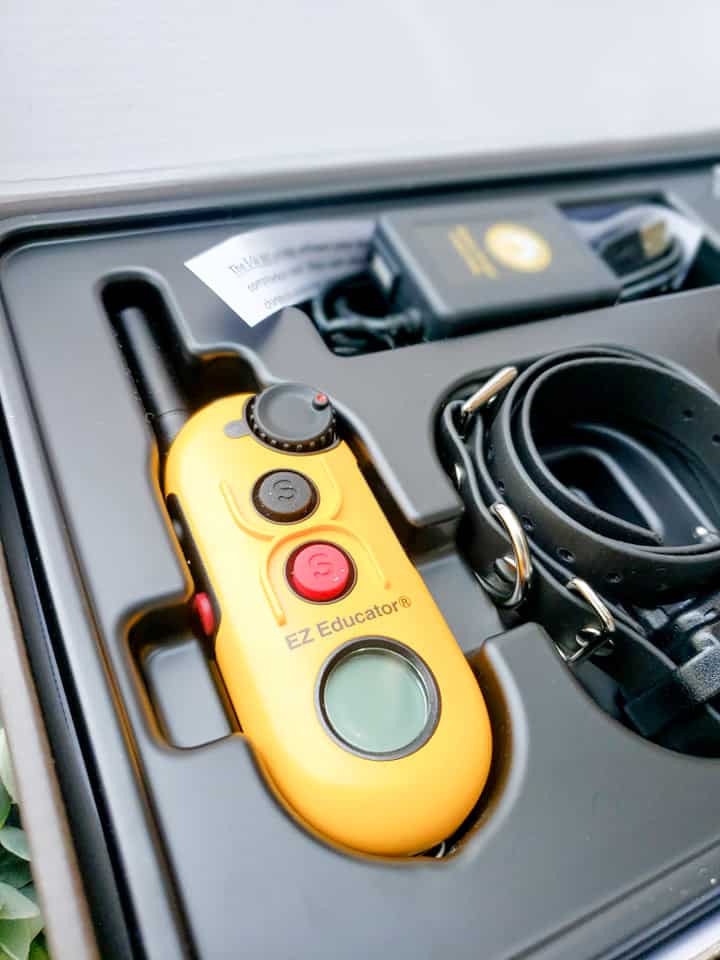
The collar you choose to buy REALLY matters. Click to see the devices we vouch for.
Which band do I use? Quick Snap Mini Bungee Collar
Let’s get down to the nitty-gritty of my doggy training arsenal.
The star of the show? The 3/4″ Quick Snap Mini Bungee Collar – an absolute game-changer for convenient e-collar training. Why? The Quick Snap Mini Bungee Collar has an easy-on, easy-off design, thanks to the quick snap feature which helps so much for off-leash dog safety. No more wrestling with collars; it’s a breeze.
Plus, the fashion-forward part – it comes in Black, Blue, Brown, Green, Orange, Pink, Purple, Red, Teal, and Yellow. Stylish and functional – my kind of combo.

Which device do I use? The 900 Series
Curious about the wizardry behind the scenes?
I pair that chic Quick Snap Mini Bungee Collar with the EZ-904 2T 4-Dog Easy Educator. Four dogs might sound like chaos, but with this setup, it’s a breeze.
Each button on the remote (and there are four: red, yellow, orange, and red again) corresponds to one of my dogs’ colors. It’s like a high-tech doggy rainbow, making remote control dog training a walk in the park.
Here are some resources from my website that are about training with an e collar and without an e collar that you may find helpful.
Why do I e collar train?
Now, let’s talk about the real magic – e-collar training. It’s not just about teaching your pup to sit and stay; it’s a lifeline for off-leash adventures. Off-leash dog safety is paramount, and e-collar training gives me the confidence that my dogs will come running back when I call. It’s like having a conversation with them, a silent understanding that keeps them safe and happy. While you’re at it, check out these hilarious (not really that funny) off leash fails….
Here are some more e-collar resources if you are interested!
- E Collar with Puppy Training: 9 Exciting Reasons You Should Use an E Collar With Your Puppy
- Proper E Collar Placement on Your Dog: Are You Failing With This Simple Trick?
- What is a Dog E Collar? 99 Reasons Why They’re Great & Shock Ain’t One
- How to Use an E Collar: A Personal Memoir to the Shock Collar and My Path to Finding the E Collar
- 5 Great Reasons to E-Collar Train your Dog
- 6 E-Collar Training Myths Busted!
What I Put On My Dog’s Collar Priority #4: GPS Location
If you have off leash dogs, lets face it you need to have some form of GPS tracking device on their collar. It’s for peace of mind but also hugely important for that ‘what if’ of them getting lost or you losing track of them momentarily. Let’s chat about GPS tracking and how it might just be the game-changer we didn’t know we needed for our chaos-makers. I have tried MANY and have also LOST many…. so I know the pain.
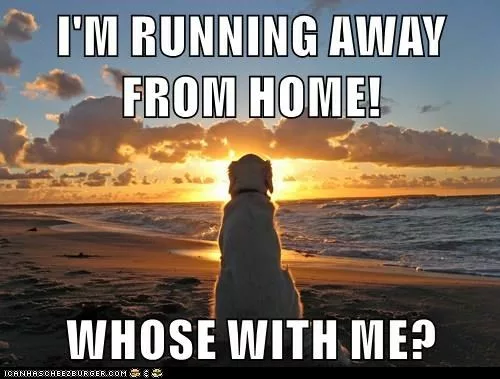
Using an Apple AirTag to Track My Dogs Location
There are hundreds (probably) of fancy tracking devices out there for our dogs, but my favorite is the Apple Airtag. (call me boring!)
When it comes to ensuring the safety and whereabouts of my off-leash adventurers, the Apple AirTag emerges as a cornerstone of dog collar safety features. The airtag does not faulty in its ability to track my dogs, and it works basically the exact same as the fancy expensive ones that require a subscription, although it does NOT do the fun/fancy thingsl ike track their health/sleep, steps.
Functioning like a digital leash, this ingenious device provides the peace of mind that, even in their wanderlust moments, I can effortlessly track down my pups with just a few taps on my phone.
Plus, air-tags are pretty affordable. They are about $90 for 4 of them and you don’t have to have a subscription. You can look at the listing on amazon here:

Major downside of using an apple air-tag: I lose them all the time
One major downside of using an apple airtag to help me not lose my dogs is… well, I lose my apple airtags. My dogs play hard and I noticed the airtag holders continually fell off, broke, and we’d lose the airtags. Although you may be asking ‘why can’t you just track the airtag and go find it?’… We did! However, in open fields with tall grass, the airtag would be leading me to the general location of my DOG but it can be tough to trace down a tiny airtag. Also, the airtags DO die after awhile. Once, someone also STOLE a lost airtag of mine (so that was fun)…
In other words, if you are using an apple airtag, take it from me, and do NOT buy the following airtag-holders because they will break and fall off of your dog’s collar and you may never recover them.
Do not use the following airtag holders – they will break!!!






YES… Do buy this airtag holder – it WORKS!
This is the airtag holder that I DO recommend! And the ONLY one!!! Enter the IPX8 Waterproof AirTag Dog Collar Holder – the unsung hero of AirTag security for pets.
This ultra-durable accessory not only fits snugly on all widths of collars but also comes in a convenient 4-pack. (Well, for us crazy people who have 4 dogs)
Seamlessly attaching to the e-collar band is easy because the e collar bands have pre-made holes for easy installation. And better than that, you won’t lose it and have to buy new holders/air-tags every few weeks/months. You can find it here.
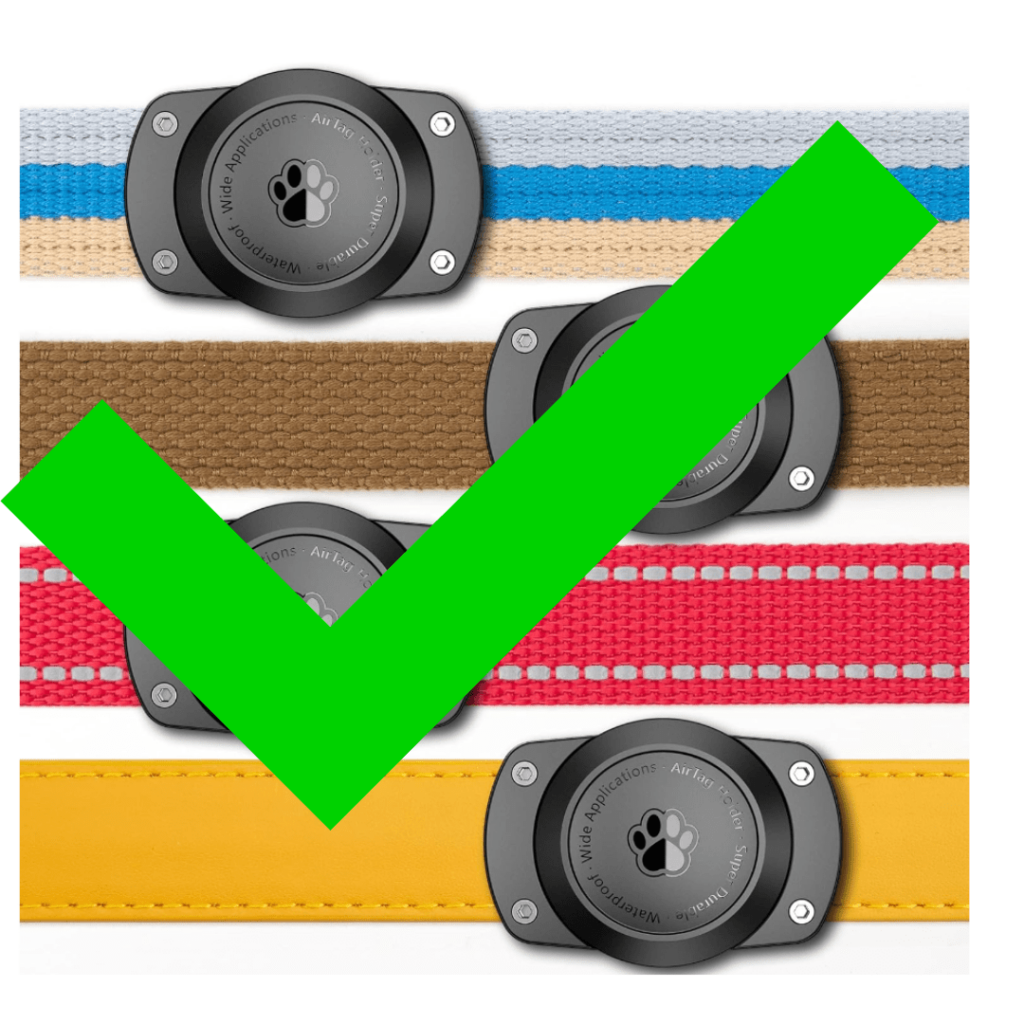
What I Put On My Dogs Collar – Summary
In a nutshell, what I put on my dogs’ collars goes beyond just a simple collar. I have the band from e-collar tech, the device from e-collar tech, a soundproof and reliable form of identification, the apple airtag with the reliable means of holding it (which won’t fall off) and have thought through the inclusion of safety features like the quick snap on the e-collar band ensures swift removal in potential choking hazards.
While GPS tracking, notably through the Apple AirTag, provides an extra layer of security for off-leash adventures, the identification game is strong with multiple contact numbers, medical information, and a return address on their tags.
Training is a breeze with the easy-on, easy-off design of the 3/4″ Quick Snap Mini Bungee Collar, coupled with the convenience of color-coded remote control for multiple dogs. Finally, the waterproof and secure IPX8 AirTag holder takes the worry out of losing tags during aquatic escapades. It’s a comprehensive approach, blending style and functionality for a well-rounded canine care strategy.
Read more / learn more / explore more:
- How to Safely Socialize a Great Dane with Other Dogs: Science-Backed Techniques
- Making Shelter Dogs Happy: Jolly Pets Donates 50 Balls to Denver Animal Shelter
- Great Dane Puppy Care 101
- Can Puppies Eat Adult Dog Food? The Scary Truth of Feeding a Great Dane Puppy
- Should I Feed Grain Free Food to my Great Dane Dog?
- 6 E-Collar Training Myths Busted!

